Canon RF 100-500mm F4.5-7.1L IS USM Review
Dustin Abbott
March 22nd, 2022
When the Canon EF 100-400mm F4.5-5.6L IS II released in the beginning of 2015 it effectively ended the question of what the best telephoto zoom in or around this focal length was. The 100-400L II was a clearly superior lens, with a fabulous build, some new innovative design elements, great autofocus, and amazing image quality. It released at a time when my own photography budget was much smaller, but I still found a way to buy one after reviewing it because it was so good. It has remained in my personal kit since that point even though I sold my last DSLR a few years back. I only own mirrorless camera bodies at this point but have kept the lens because it is excellent and adapts seamlessly to Canon’s mirrorless bodies like my Canon EOS R5. I’ve been wanting to get my hands on Canon’s new RF equivalent – the Canon RF 100-500mm F4.5-7.1L IS – for a long time, but here in Canada supply chain shortages have made loaners (and retail copies!) few and far between. The RF 100-500L (as we’ll refer to it for brevity in this review) ups the ante in terms of zoom range (an additional 100mm) but at a physical cost ($2900 USD – $500 more than the EF lens) along with a maximum aperture cost (more on that in a moment).
Canon has managed to squeeze out a longer ratio (5x zoom) while reducing the weight of the lens (1365 vs 1650g), making this a truly manageable lens in terms of weight for a focal range like this. It’s unusual to get this degree of reach from such a (relatively) compact package, but Canon has accomplished this in part by allowing the lens to drift to a smaller maximum aperture than we saw on any Canon lens prior to the mirrorless era. All Canon lenses in the EF mount were constrained to a maximum aperture of F5.6 for the simple reason that this was the smallest maximum aperture that many camera could focus effectively at. There were a few cameras towards the end of the era that could focus at smaller maximum apertures, but Canon had to maintain compatibility with their whole camera lineup. The switch to mirrorless has unshackled Canon, though, as mirrorless cameras can autofocus with much smaller maximum apertures and they no longer had the need to ensure compatibility with legacy cameras. We quickly saw lenses with a maximum aperture of F6.3, and then F7.1, and even the quirky 600mm and 800m F11 primes. I will say that it seems very strange to type L after F7.1 (F7.1L); it feels a little sacrilegious. The image quality from the lens assures me that this is a genuine L series performer, however.
Let’s get the bad new out of the way: the new RF isn’t as “light efficient” as the older EF lens. It doesn’t hold the brighter apertures as long with one minor exception. The new RF lens does hold F4.5 a little longer (151mm vs 135mm) but doesn’t hold F5 or F5.6 nearly as long (the new lens is at F6.3 by 363mm, whereas the older lens was obviously at F5.6 until the end of the zoom range. The RF 100-500L doesn’t hit F7.1 until the last little bit (472-500mm). This handy chart from Cameralabs.com illustrates it well:
While the slower aperture is a bit disappointing, there is an alternate way to frame this. The EF lens required a 1.4x teleconverter to hit 560mm, whereas the RF 100-500L will hit 500mm with the bare lens. Adding the 1.4x to the F5.6 lens creates a maximum aperture of F8, so in a sense you gain 1/3 stop of light at 500mm. Nonetheless, this is is going to be a lens that works best with adequate light, though fortunately cameras and focus systems have gotten much better at dealing with lower light situations. I saw good autofocus with still subjects even in very dim lighting.
This is an expensive lens, obviously, but it is also a very high performing lens that utilizes a dual Nano USM focus system to give even better autofocus results along with outstanding optical performance. It isn’t a lens that will fit everyone’s budget, but it may just be the lens that should be added to your wish list. To help you determine if this is a lens for you, check out either my long format definitive or quick video review below…or just keep reading.
Follow Me @ Patreon | My Newsletter | Instagram | Facebook | DA Merchandise | Flickr | 500px
Thanks to Camera Canada for getting me a loaner of the RF 100-500L. If you’re in Canada, check them out for a reliable online retailer. *The tests and the photos shown in this review have been taken on my 45 MP Canon EOS R5.
Canon RF 100-500L Build and Handling
Those familiar with Canon L series telephotos will find the Canon RF 100-500mm F4.5-7.1 IS instantly familiar. It has the familiar build materials, white(ish) finish, and a basic arrangement of controls and features much like the EF 100-400L II, though with some updates to the fine details that make for a better looking, more modern lens. As noted, the RF 100-500L is slightly lighter relative to the EF lens (1365g/3lb vs 1640g/3.61lb). That’s obviously going to be very welcome when you also get the longer focal range relative to the EF lens. That weight, while not light, is very moderate for a long telephoto and makes for a lens that is relatively portable.
It has grown a bit in length relative to the EF lens (207.6mm vs 193mm), though the diameter of 94mm is the same across both lenses, giving you a very common 77mm front filter thread. The lens hood is a little deeper on the EF lens, though, so the difference in length with the hoods attached (above) is less than with them attached (below):
The 100-500L comes with both a zippered, padded storage case along with a quality lens hood, which, as you can see above, has a very welcome matching finish. The older EF lens had a black hood that always looked like it was borrowed from another lens! The hood does reverse for storage, has a locking mechanism, and also features the sliding window in the lens hood to allow access to filters. I found this feature clever when I reviewed the 100-400L II (where it debuted), but have soured on it since. It seems to always be open (which defeats some of the purpose of the lens hood itself) and the hood is wide enough that you could rotate a filter fine without the window.
One change relative to the EF lens is the tripod collar design, which, rather than having a removable foot (like the EF version), the entire tripod collar is removable in the traditional style. I do like being able to completely remove the tripod collar as the lens is light enough for handheld work, though if you carrying the lens on a strap you may find it balances better if you attach one end to the tripod foot. There are no strap attachment points on the collar, unfortunately, so you would have to attach via a third party attachment to the tripod foot plate (I use Peak Design’s Capture plates). There are two disappointments on the tripod collar/foot design, however. The first disappointment that is a regular one for Canon lenses is that the tripod foot is not Arca-compatible. You will have to use a quick release plate or something similar if you are going to put the lens on a tripod. The second disappointment is that there are no detents on the tripod collar when rotating it. These help you align properly at the primary points of the compass, so you’ll have to rely on visually aligning the markings on the collar with one on the lens barrel.
Canon has designed the lens with the RF control ring very close to the lens mount. This allows space beyond for the tripod collar. The Control Ring has the familiar diamond pattern texture and can be assigned a variety of functions from within the camera. I typically use it for aperture control. It does have detents/clicks, though it can be “declicked” for a cost through Canon.
There are three other rings on the lens, with the next closest to the mount being the manual focus ring. Like most autofocus mirrorless lenses, the manual focus is “focus-by-wire” where input on the focus ring is actually routed through the autofocus motor to move the focus group. This means manual focus is actually an emulation of mechanical manual focus, and the performance is fairly typical for Canon RF lenses. Focus is smooth, but resistance is very light, so you have to be careful at the final fine-tuning stage to not go past your intended target. Canon’s Focus Guide is available, and it works well for helping achieve proper focus.
The next ring is the tension ring that debuted on the EF 100-400L II lens. It is designed to combat zoom creep and hold the desired focal length. The advantage of the tension ring is that you can set it at any focal length. You can use it in a secondary fashion to set your desired amount of friction while zooming. I have found that the “tight” setting doesn’t lock down as tightly as my 100-400L II; you can still move the zoom ring without heavy resistance. There’s less variability in the zoom friction in general relative to the older lens, but it does have enough friction to eliminate lens creep.
The widest ring here is the zoom ring, which is located near the front of the lens. The ring is finish in a rubberized surface and moves smoothly (depending on friction setting, obviously). There is roughly 130 degrees of rotation between 100mm and 500mm and the inner barrel of the lens extends about 90mm at the 500mm position.
In between the manual focus and tension rings is a bank of switches. The top one is a two-position focus limiter, with the option of the full range or 3 meters to infinity (essentially eliminating the close focus possibilities). You can use the latter position if you don’t need close focus options and want to eliminate the possibility of focus racking if you don’t initially acquire focus. I do find this happens less often on the superior focus systems of modern cameras. The second switch is a basic AF/MF switch (always welcome), followed by an ON/OFF for the IS (Image Stabilizer). The fourth switch allows you to choose an IS mode. There are three options, including 1 (standard), 2 (panning), and 3 (dynamic, which only activates at capture and allows you more freedom for tracing erratic action). The IS is rated at 5 stops, though if you have a camera equipped with IBIS (like my EOS R5), the rating climbs to 6 stops.
IS is hugely beneficial in a lens like this, and the system works well overall, though 500mm is a very long focal length to stabilize. I still saw a little movement in the viewfinder even with both lens IS and body IS (IBIS), but I was able to get both fairly low shutter speeds for photos (with still subjects) along detecting a massive difference for video when IS was enabled. This shot was taken handheld at 500mm and with a shutter speed of 1/40th of a second.
That’s about 4 stops of assistance, but it is possible to push it a bit further, though getting stable images at 1/8th of a second at 500mm (six stops of stability) seems unlikely to me unless you happen to have supernaturally steady hands.
It is possible to get fairly stable video even at 500mm, though I could easily see the rise and fall of my breathing (small movements are exaggerated at that focal length).
There are nine rounded aperture blades inside that will help keep a circular shape to the aperture as you stop down a bit.
The 100-500L receives Canon’s higher grade of build as a “L” series lens. This includes a tough, durable body and thorough weather sealing throughout the lens. I count 15+ seal points according to this diagram, and there is also a fluorine coating on the front and rear elements to further help the lens be resistant to the elements.
This is a serious lens built to serious standards.
The lens is (somewhat) compatible with Canon’s RF 1.4x and 2x extenders (tele-converters). I say somewhat because it is only compatible from about 300mm on where enough space is created in the rear of the lens for the extender to mount:
As the lens retracts beyond 300mm the rear elements move into that space and occupy it, leaving no room physically for the extender to be attached:
You cannot fully retract the lens with the extender in place (there isn’t room for it to be retracted), so that also means that you won’t be able to access the 100-300mm range with the extender attached. So, with the 1.4x extender attached you have a 420-700mm F8-F10 lens, and if you attach the 2x extender you have a 600-1000mm F11-F14 lens. I didn’t have either extender on hand, but Bryan Carnathan reports good results with the 1.4x attached and fairly good results with the 2x extender. I tend to view 1.4x extenders as the limit with most lenses (moving to the 2x often involves too many compromises), but there are probably applications for the 2x extender. Obviously you are going to need good light for either combination, but particularly for the 2x extender. Storing the lens in its retracted position will obviously require the extender to be removed first. This is one disadvantage relative to the EF 100-400L II lens, which is fully compatible with the MK III EF extenders.
All told, this is a feature rich, well built telephoto zoom lens that is a professional grade lens despite its slower aperture rating. It builds on the foundation of the excellent Canon EF 100-400mm F4.5-5.6L IS II in several areas, though there are a few areas of minor disadvantage relative to that lens. As has become the norm, however, we have a fairly significant price increase with the new RF lens. It retails for $2900 USD, a price increase of $600 over the EF version, but that’s only because Canon has increased the price of the EF version from $2200 to $2400. The price increase from retail launch to retail launch is thus actually $700, which is a significant premium. There’s a pretty big psychological gap between a lens that retails for slightly over $2000 to a lens that retails for nearly $3000, and I suspect that this will result in a number of people who hang onto their EF lens and use it adapted (it works very well adapted) if they perceive that the cost of making the switch is too high.
Canon RF 100-500mm F4.5-7.1L IS Autofocus
The Canon RF 100-500mm F4.5-7.1L IS employs dual Nano-USM focus motors to help achieve fast, quiet autofocus. This is incredibly important in a lens designed for telephoto use, as many of the subjects that people want to use such a lens for (birds, for example) are fast moving.
If you are new to the genre, there are a few tips worthy of consideration. The first and most important will be shutter speed. If you are tracking birds, for example, you’ll want to keep that shutter speed up near 1/500th second or faster. Going underneath that threshold will result in motion blur in some shots. That will often mean moving up to higher ISO values to achieve that. You’ll probably also want to set Eye AF to animal priority, though I do find Canon more forgiving than Sony in this regard. Sony is fairly rigid, and I’ve had a few videos where I mistakenly left Eye AF in Animal mode and had a video with the wrong focus for the whole segment even though I was the obviously primary subject in the frame.
The RF 100-500L proved a very capable lens for tracking birds in flight and staying focused during erratic movement. I had more trouble keeping birds and animals properly framed (moving with them) than I did keeping things in focus during sustained 20 FPS bursts on my Canon EOS R5.
I also had no problem when using the lens for portraits (a secondary purpose of a lens like this, but still a fine application). Eye AF worked best with the subject occupying more of the frame, but I was able to achieve good results even when my portrait subject was strongly backlit by the rising sun over the Atlantic Ocean.
When the subject is smaller in the frame like this, you might be likely to get face or body detection rather than eye detection, but what matters most is that the subject is properly in focus.
Focus speed was generally excellent, though I did see some delay when going from very close focus to a medium or distant subject. More minor focus changes were essentially instantaneous. I also had no problem acquiring subjects on the fly when they caught my eye and I needed to focus quickly.
I heard little focus noise during standard use, and I didn’t feel there is enough noise to be picked up by the on board mics in video applications.
Nano USM is my favorite of Canon’s focus technologies, and the dual application was the right choice here. It allows the lens to be competitive in terms of focus speed and noise. The disadvantage here is the smaller aperture of the lens, so expect some focus speed slowdown in poorer light. The improved autofocus systems in the modern mirrorless cameras will help with this, though, so the lens will remain usable in more situations than we would have expected in the past. It is important to keep your expectations realistic, however: this lens isn’t going to focus like the RF 400mm F2.8L IS at dusk; there’s a reason why pros will pay $12,000 for a lens like that!
Canon RF 100-500L Image Quality
The EF 100-400L II set the bar very high with a truly outstanding optical performance that I’ve really not seen bested by subsequent 100-400(ish) lenses that I have tested. That high bar creates some challenges for Canon, as they are expanding the zoom range and ratio (5x vs 4x zoom). By that standard, however, I’m very impressed by the optical performance from the lens. I found a comparison of the MTF charts from the internet, and I feel like it pretty fairly represents what I’ve seen in my own personal comparison tests.
If you don’t “read MTF”, these charts suggest the RF 100-500L performs at a similar level to the EF lens while adding that additional important 100mm of reach. What I found is a lens that delivers an incredibly consistent performance at every tested focal length with no real drop-off at a certain focal length. I also found that the lens had a nicely even performance across the frame with only a minor fade towards the corner and that there was little improvement to be had by stopping the lens down. This is a lens that delivers most of its performance at its maximum apertures, which is helpful in a lens that doesn’t excel in having large maximum aperture values. Here’s a shot at 500mm, F7.1:
So let’s break it down. You can get an even deeper dive by watching the image quality section of the Definitive video review.
First, a look at vignette and distortion. Neither is a significant problem. Here’s 100mm:
There is negligible amount of barrel distortion (+1 to correct) and about 2 stops of vignette in the corners (+50 to correct). This is actually one of the best RF performances I’ve seen for vignette. Things are better still at 500mm in the vignette department.
There’s a mild amount of pincushion distortion (+3), but the vignette is down to just a little over a stop (+33 to correct) and is very linear in nature. The Canon correction profiles clear everything up nicely, though there’s a good chance you wouldn’t see any of these defects in most real world images even without correction. All good to start!
I was likewise happy with what I saw for chromatic aberration control. I didn’t spot issues with Lateral Chromatic aberrations (these typically show up along the edges of the frame regardless of aperture), and you can see from this deep crop from my test chart that the transitions from black to white near the edge of the frame are clean and without color fringing:
Likewise Longitudinal Chromatic Aberrations (depth of field fringing that shows up before and after the plane of focus) were also well controlled. In this deep crop from an action shot at the beach you can see the strong backlighting of the gull (in focus) along with foam and water droplets suspended in the air. All of these are very neutral with no signs of fringing.
All good!
So how about resolution and contrast? Because of the length of the lens, I use a slightly different test chart from my typical one. It is smaller to allow me to continue to frame it in my basement testing space. Here’s a look at the whole chart that we will be looking at crops from.
All of these tests have been done with the Canon EOS R5 (45MP), a very solid tripod (Robus RC8860), and using a 2 second delay to eliminate any vibration. Here’s a look at nearly 200% crops from the center, mid-frame, and bottom right corner (100mm, F4.5):
You can see a consistently excellent performance all across the frame. How does this compare to the 100-400L II? A few general observations based on looking at many more samples than I’ll show in the review:
- The EF lens delivers a slightly brighter image throughout the range even with equal settings
- The RF lens delivers slightly higher levels of contrast at some settings
- The EF lens tends to be more competitive in the center, while the RF is sometimes sharper in the corner
You can see a few of the things I mention by looking at these comparisons from the center, mid-frame, and bottom right corner:
Not a big difference between the two, obviously.
As a general rule I noticed very little difference between the wide open performance from the lens and when it was stopped down. In some cases there is a very slight uptick in contrast, but you largely get maximum performance wide open. Here’s a look at F4.5 vs F8:
Not much difference at all. The biggest difference is that better contrast makes for a slightly brighter looking image. That one sample is pretty representative of what I saw throughout my tests.
Minimum aperture is very small with this lens. At 100mm it is F32 but as small as F51 by 500mm. I would avoid anything beyond F16 at all costs (particularly on a high resolution body like the R5), as diffraction causes a tremendous amount of image softness. Look at maximum aperture (F4.5) vs minimum aperture (F32):
Ouch! This isn’t actually the lens’ fault; you can blame this one on physics!
Moving on to 200mm we see a similar performance with strong resolution and contrast across the frame. Maximum aperture is now F5:
A similar story awaits at 300mm, where maximum aperture is now F5.6:
Checking back in with the 100-400L II finds the EF lens enjoying its biggest advantage. It has a bright maximum aperture (F5 vs F5.6) and delivers a slightly better performance across the frame, as shown by this corner crop:
It’s not significant, but it does exist.
Moving on to 400mm we continue to see the incredibly consistent performance from the lens. I want to highlight this, as in my experience it is rare for a zoom lens to deliver such a consistent performance across the zoom range. Usually there is a dip somewhere, if not at the extremes (like the telephoto end) then at least somewhere in the middle of the range. That is absolutely NOT the case with the RF 100-500L. I’ll also highlight that the copy I tested was very well centered, delivering equivalent results on both sides of the frame. I’ve taken my corner crop from the upper left corner to illustrate this for you. This is 400mm, F6.3 (now the maximum aperture):
At 500mm I noticed a few interesting things. First of all, we see that continued consistency in a strong performance all across the image frame. Canon’s engineers were able to gain that crucial extra 100mm of reach without compromising image quality, which is a big deal!
Maximum aperture is now F7.1, which is disappointing, but the performance is not. Ironically, though, this is actually the place where the RF wins the aperture battle. To get to 500mm on the EF lens, I had to use a 1.4x extender (Canon Extender 1.4x III), which means that my maximum aperture was F8. There wasn’t a significant difference in performance between the two lenses, though I felt the RF lens had the slightest advantage in resolution and contrast.
What really jumped out to me, though, was the framing. You might have noticed that the EF lens combo registered 504mm, so, in theory, I should have had to be slightly further away from the target to achieve the same framing. I wasn’t. I was closer. In fact, I was closer with the EF lens at its maximum length with the extender of 560mm than I was with the RF lens at 500mm. Why?
Focus breathing. Not the video kind, but the kind that relates to photography where lenses sometimes only achieve their true rated focal length at further distances. If we were to move outside and choose a target 20+ meters away, the 100-400L + 1.4x extender (560mm) would allow for closer/tighter framing than the RF’s 500mm, but at closer distances, the EF lens obviously focus breathes significantly more than the newer RF lens. I’ve long noted that about the EF lens, but it is nice to see that Canon has improved on this flaw and that you can expect to get the full focal length at most all focus distances.
Case in point would be this portrait, where at 500mm, F7.1, you can see that I got amazing compression of the background (Atlantic Ocean) along with beautiful detail on my subject’s face.
You’ll note from the crop that the focus is excellent, and even at that distance the depth of field is quite small (the front edge of her hair is clearly out of focus).
I could also then zoom out to 100mm and get a completely different kind of portrait that has much more context in it but has similarly excellent focus and detail:
A lens like this can also make for a very interesting landscape lens, as it delivers great detail and no real optical flaws.
Zooming in compresses scenes and does very interesting things with the rising or setting sun.
This also works to draw distant objects closer. The giant Ferris wheel you can see in the distance looks like it is fairly close to the pier in the foreground, but they are actually more than 10 kilometers apart (and this is only at 324mm):
At 500mm the two points would seem closer still. This illustrates how you can create visually interesting landscape shots by bringing different aspects closer together in a shot. As an aside, it is also used sometimes by advertisers to make a property seem closer to the ocean or some other attraction than it actually is.
Flare resistance was fairly good, with direct shots into the sun showing little ill effect. I did manage to get some loss of contrast in a few shots where the sun was perhaps in the corner or a certain position where some flare occurred.
The effect in my images was more artistic than destructive, however, as there weren’t big noticeable blobs of false color that marred the image.
One area where I think the RF 100-500L is slightly behind the EF lens is when it comes to bokeh. I didn’t feel like the quality of the out of focus areas were quite as smooth and suffered from a bit more outlining. In this shot, for example, the subjects are nice and crisp, but the out of focus trees beyond have more outlining than what I would like.
In this shot of seabirds you can see that the ocean beyond isn’t particularly “creamy”.
I’ve owned the 100-400L II since 2016 (six years), so I have a pretty strong sense of its rendering. I felt like it was less prone to outlining, so I set up a test with various complications in the background. While the difference between the two lenses isn’t radically different on a global level, you can see on the pixel level that there is less outlining on the 100-400L II and the bokeh is a little smoother/creamier.
Of course, you may be looking at the same thing and saying, “What are you talking about?” Bokeh is subjective, and suffice it to say that there isn’t a radical difference between the two lenses. The RF 100-500L is capable of producing lovely images with beautiful bokeh.
There really isn’t any optical weakness for me to criticize. This is a very consistent (and consistently strong) lens. If you would like to see more images, check out my image gallery here.
Conclusion
If Canon had priced the RF 100-500mm F4.5-7.1L IS USM somewhere near $2500, I think that most people would consider it a great value. It certainly builds on the very strong foundation of the EF 100-400L II while offering some real improvements. Most notable is the additional 100mm of zoom range. The fact that the RF 100-500L reaches 500mm makes it a bit of a unicorn, somewhere between the 100-400mm and 150-600mm lens range. That extra 100mm of reach means that more photographers will feel like they can get sufficient reach without resorting to using a teleconverter and allows them to benefit from the smaller, more portable body style of the 100-400mm type lens.
All other aspects of performance are generally excellent. The build and handling is good, the autofocus is excellent, and, as noted, there aren’t really any flaws in the optical performance. My chief criticisms center on the surprisingly small maximum aperture on the telephoto end and the only partial compatibility with extenders (from 300-500mm only). I suspect both of these flaws are probably the sacrifices that were made at the altar of keeping the lens compact. But the price point of about $2900 is going to be the primary gatekeeper. It is high enough to make for a different psychological threshold for those looking to purchase, and is likely to keep a lot of owners of the EF 100-400L II holding onto their lens because of concerns over the price of upgrading. While the retail difference in price is currently $500 USD, the actual cost of upgrading after selling the 100-400L II are more likely to approach $1000+.
Things are a little rosier if you are a new buyer, however, as the extra 100mm you gain in reach would take purchasing a 1.4x extender to use with the EF lens, and that extra $500 closes the retail gap. Canon’s pricing still feels steep here, though. The Sony FE 200-600mm F5-6.3 G OSS lens provides similar levels of performance while costing nearly $1000 less. If you are a Canon RF user, however, it is probably wisest to stop thinking about the price as soon as possible and instead enjoy the excellent performance of the Canon RF 100-500mm F4.5-7.1L IS. It is an excellent lens that continues Canon’s legacy of being a top manufacturer of telephoto lenses.
Pros:
- Increase of 100mm
- 5x zoom range vs 4x zoom range (EF 100-400)
- Lighter weight (1365g vs 1640)
- Addition of control ring
- Matching lens hood
- Slightly better handling
- Improved autofocus (dual Nano-USM vs USM)
- Great tracking capabilities
- Slightly higher magnification (0.33x vs 0.31x)
- Fully removable tripod collar
- High performing lens optically throughout the zoom range
- Very consistent performance at different focal lengths and across the frame
- Excellent control of aberrations
- Also works as a nice portrait lens
- Reduced focus breathing
Cons:
- Increased price ($2900 USD vs $2400/2200)
- Slower maximum aperture
- Not fully compatible with extenders
- Image quality not significantly improved over the 100-400L II
Purchase the Canon RF 100-500L @ B&H Photo | Amazon | Camera Canada | Amazon Canada | Amazon UK | Ebay
Purchase a Canon EOS R5 @ B&H Photo | Amazon | Camera Canada | Amazon Canada | Amazon UK | Amazon Germany | Ebay
Purchase a Canon EOS R6 @ B&H Photo | Amazon | Camera Canada | Amazon Canada | Amazon UK | Amazon Germany | Ebay
Buy DA Merchandise https://bit.ly/TWIMerch
Purchase a Sony a7C @ B&H Photo | Amazon | Camera Canada | Amazon Canada | Amazon UK | Amazon Germany | Ebay
Peak Design Leash Strap: Peak Design Store | B&H Photo | Amazon | Amazon Canada | Amazon UK
Adobe Photoshop Creative Cloud 1-Year Subscription
Exposure Software X6 (Use Code “dustinabbott” to get 10% anything and everything)
Visit Dustin’s Amazon Storefront and see his favorite gear

Purchasing your gear through B&H and these links helps fund this website and keeps the articles coming. You can also make a donation here if you would like. Visit my Amazon page for some of my gear of choice! Thank you for your support.
Great News! I can now offer a 5% discount on all purchases at Amplis Foto, Canada’s Leading Photographic Supplier. Please enter discount code: AMPLIS52018DA in your cart. It is good for everything in your cart, and is stackable with other coupons, too! It will take 5% off your entire order! Proceeds go towards keeping this site going and providing you with new reviews!
Check me out on: My Patreon | Sign Up for My Newsletter | Instagram | Facebook | Twitter | Flickr | 500px | Google+ |
Keywords: Canon RF 100-500mm, Canon RF 100-500L, 70-200, 70-200mm, RF, 100-500L, L, IS, Canon RF 100-500mm F4.5-7.1L Is USM, USM, Canon EOS R5, EOS, R5, EOS R5, EOS R6, mirrorless, full frame, EOS R5 Review, Canon R5 Review, Canon 100-500 Review, Dustin Abbott, Real World, Comparison, Handling, Tracking, Focus, Burst Rate, Tracking, Sports, Portraits, Resolution, High ISO, Image Quality, Myrtle Beach, Sample Images, Real World, Macro, 45Mp, Canon, Letthelightin
DISCLAIMER: This article and description contains affiliate links, which means that if you click on one of the product links, I’ll receive a small commission. As an Amazon Associate I earn from qualifying purchases.










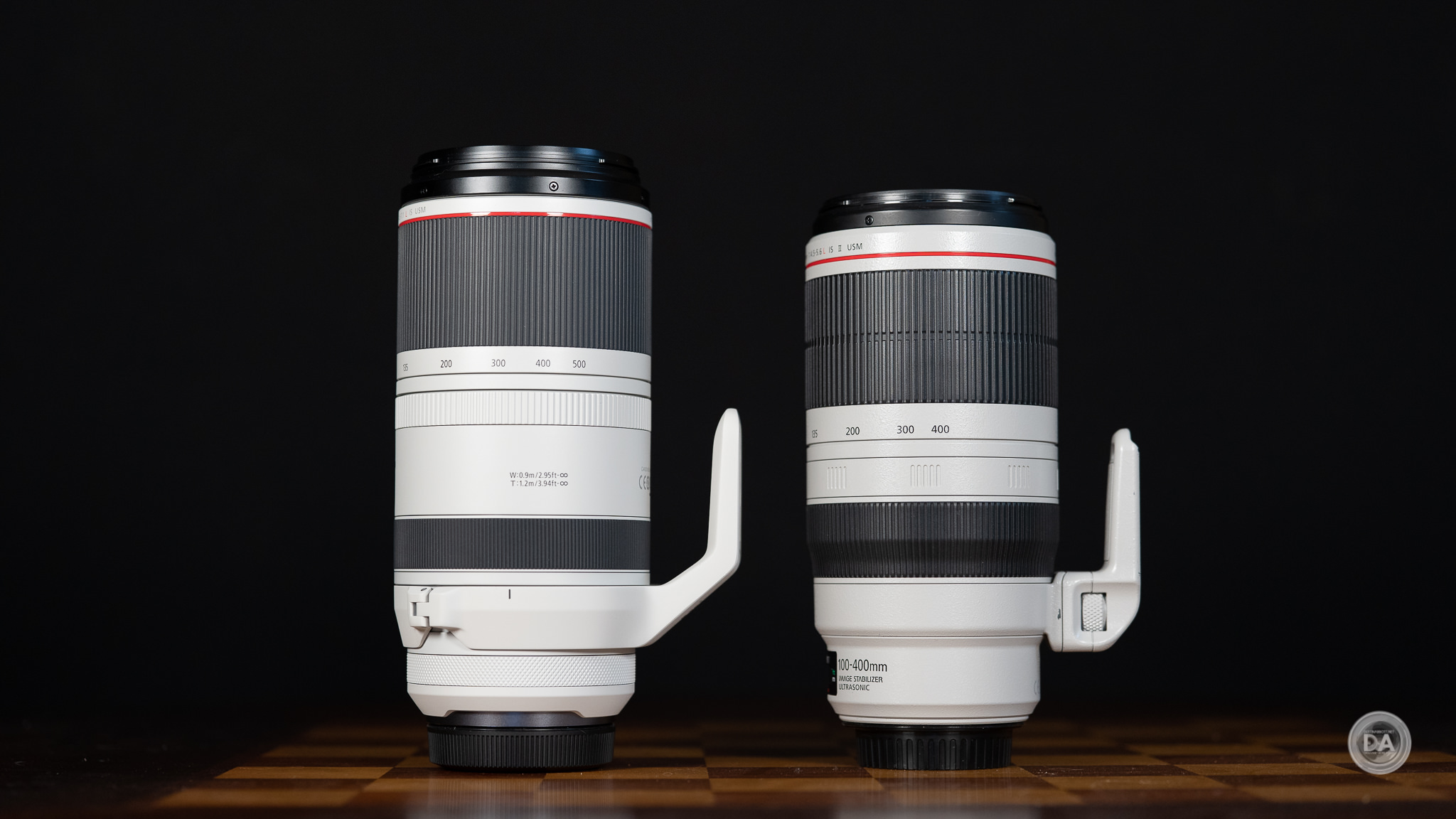
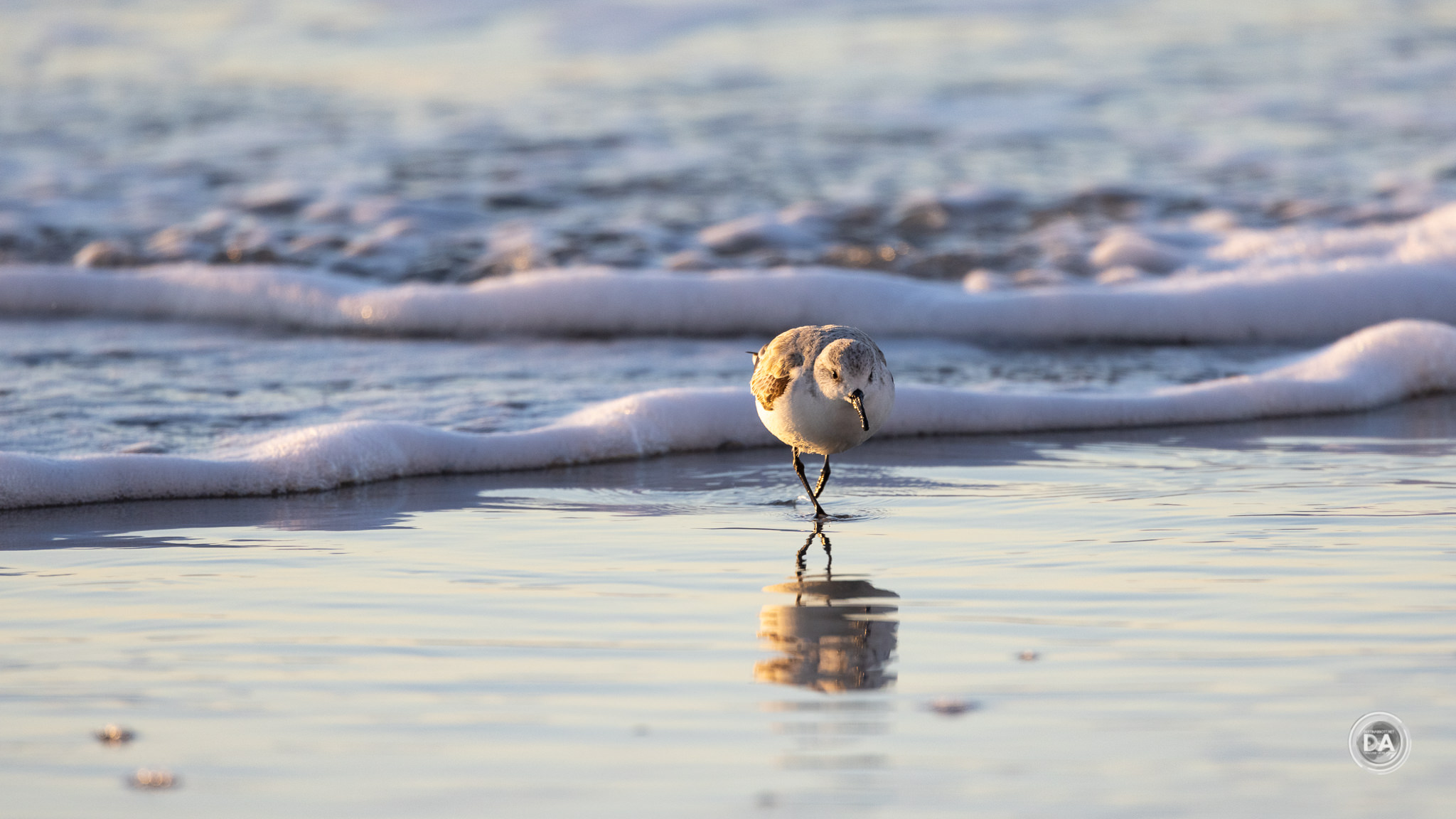
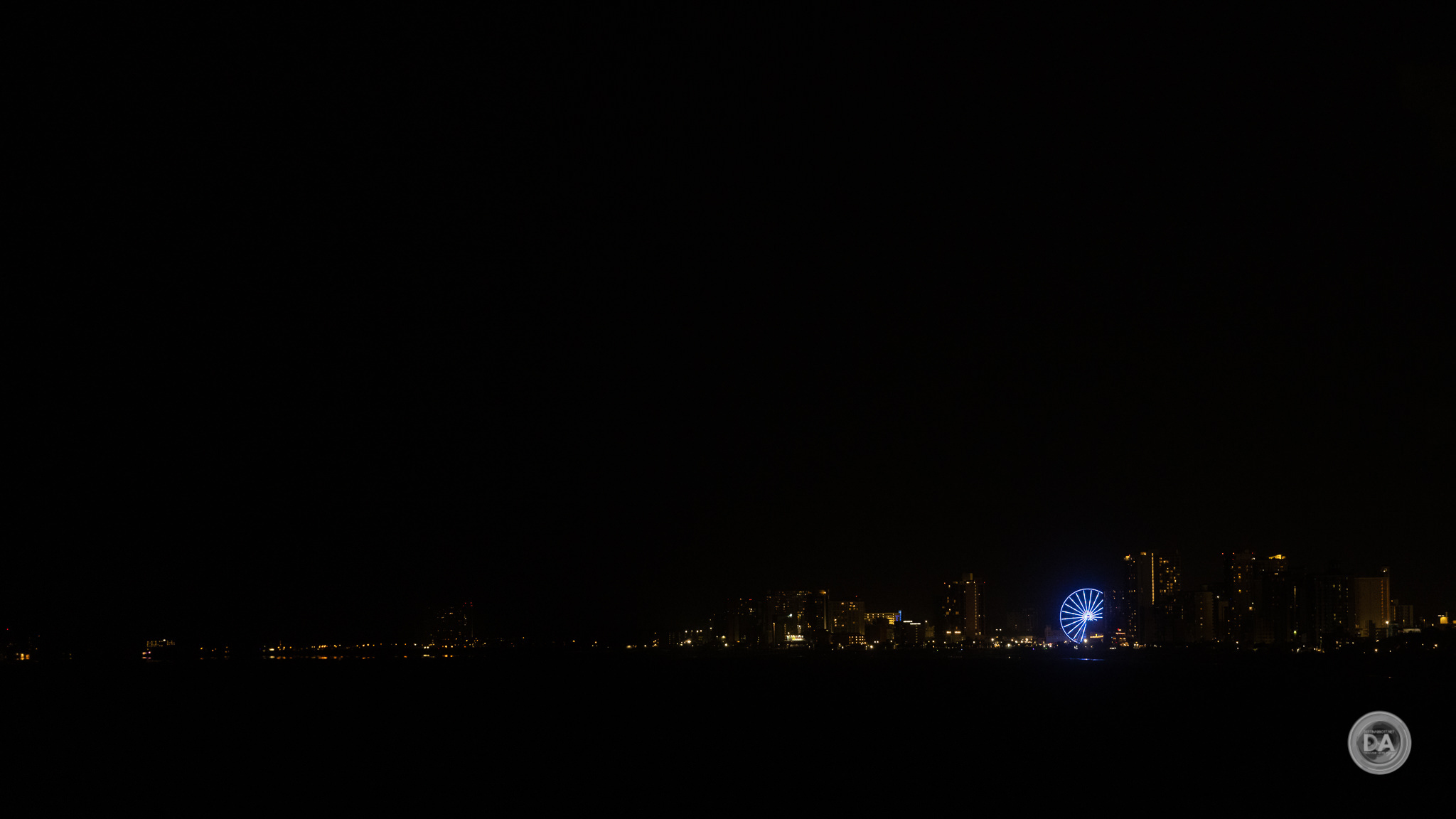
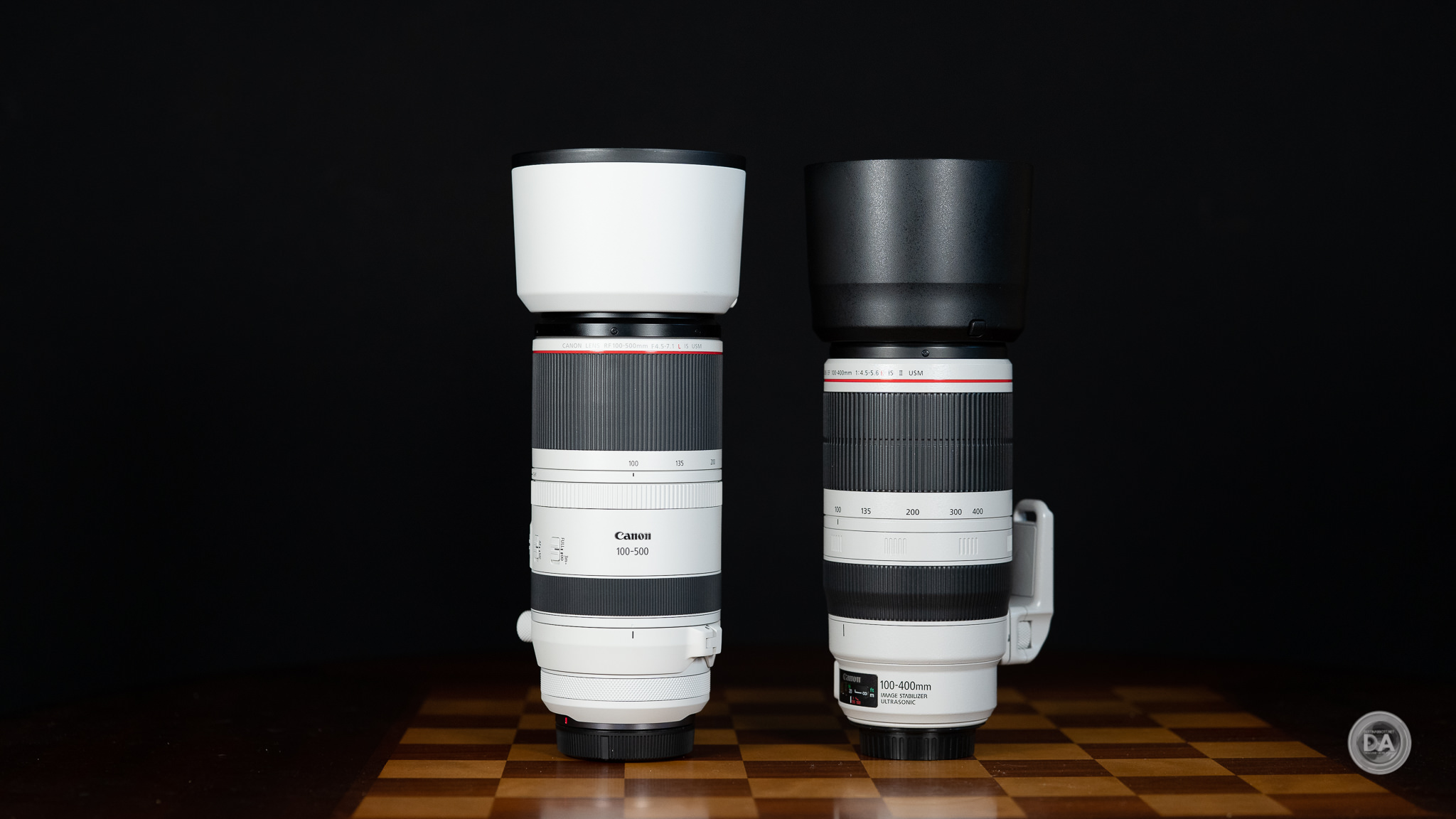
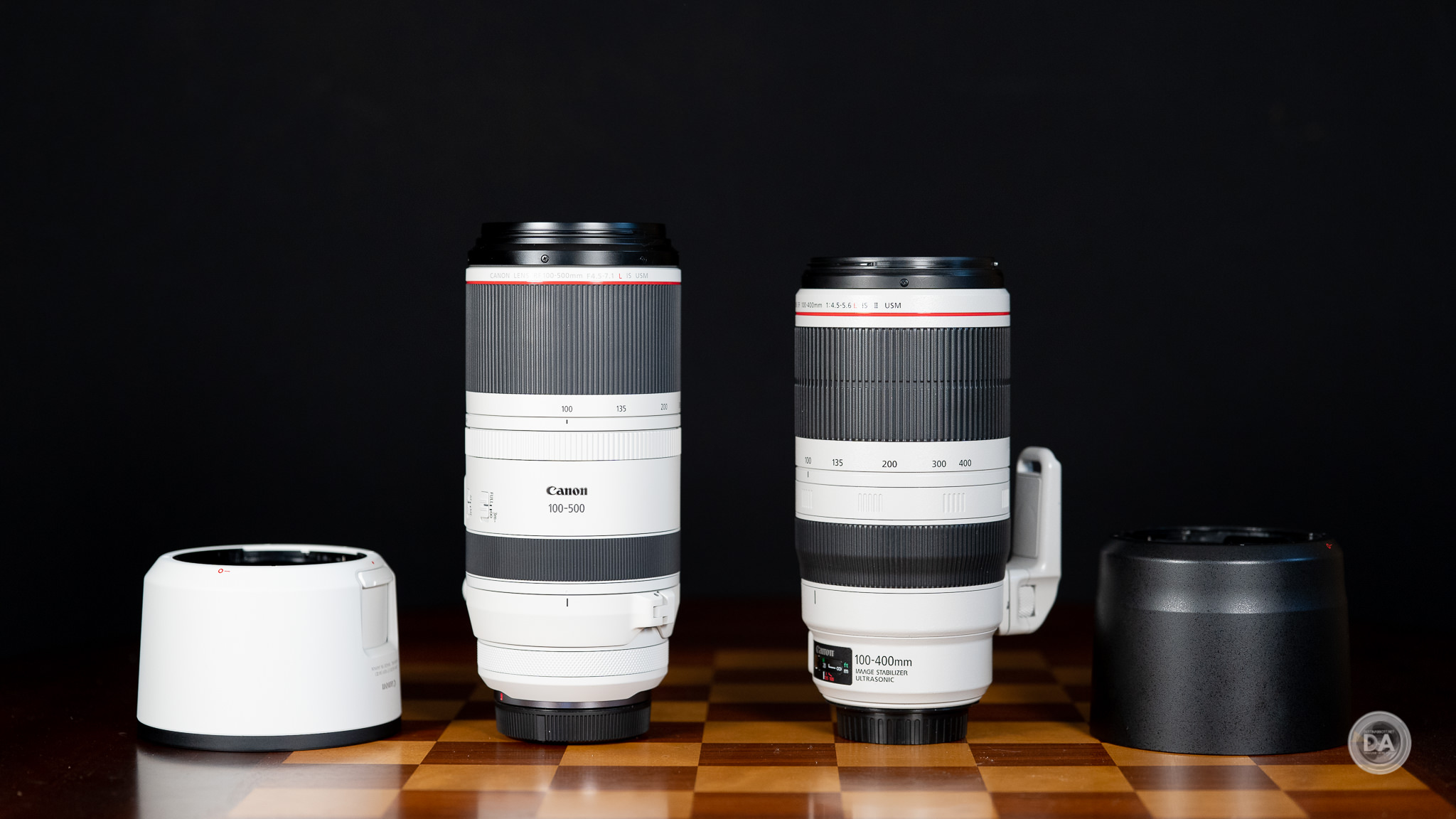
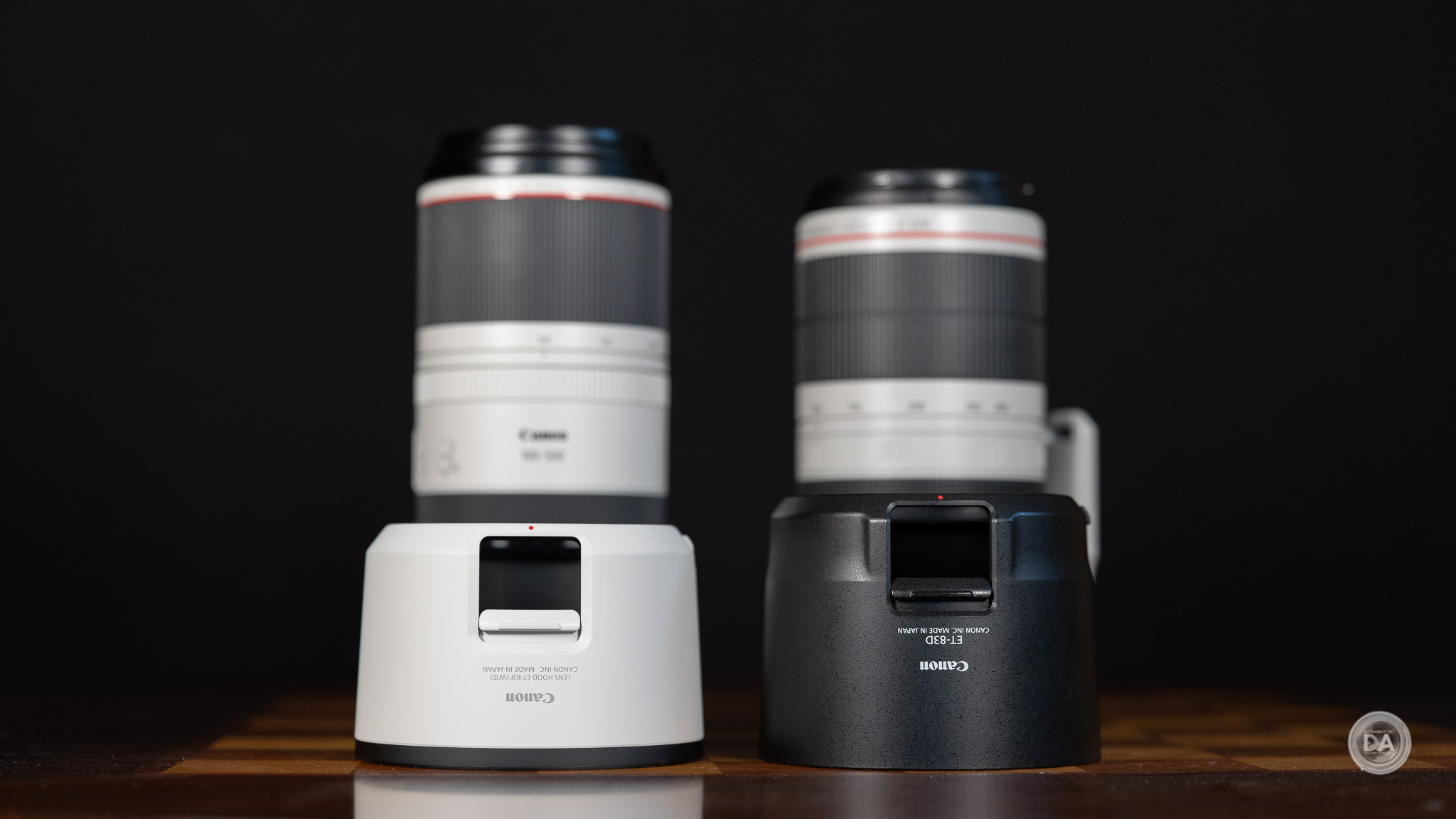
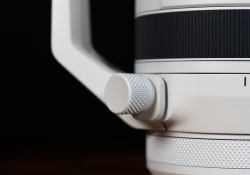

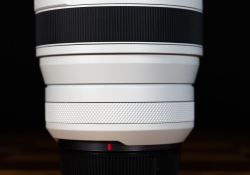
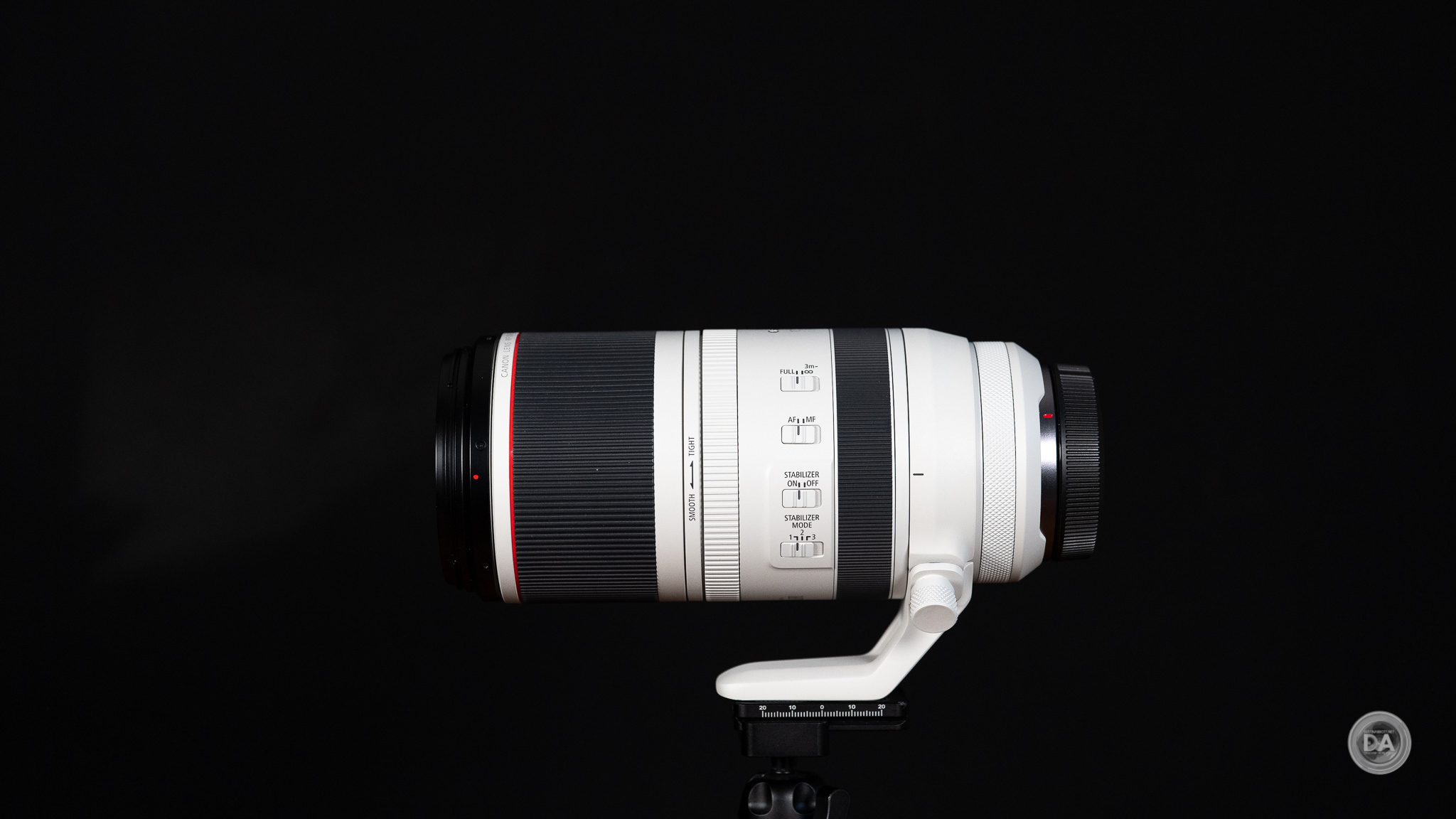


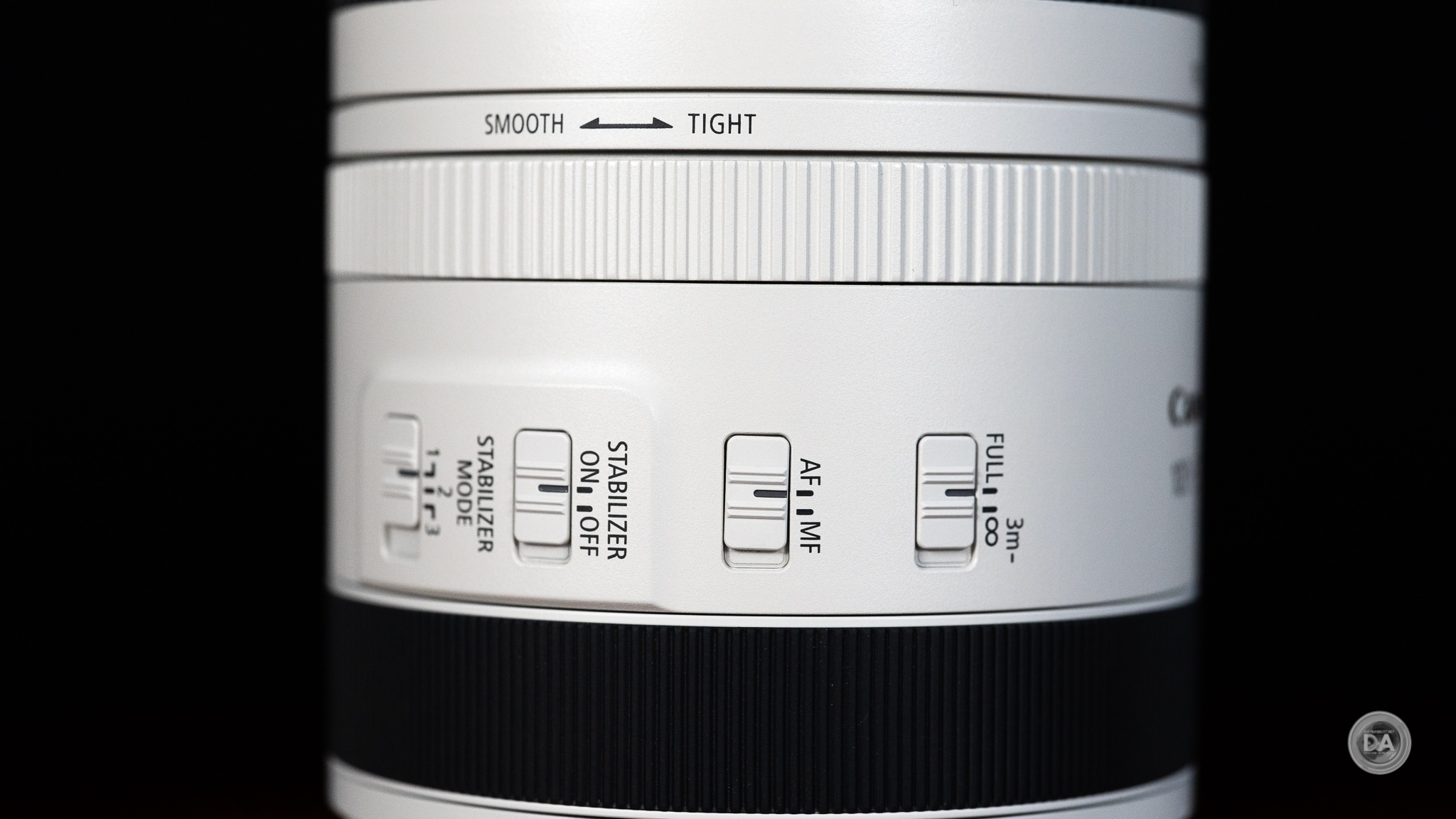
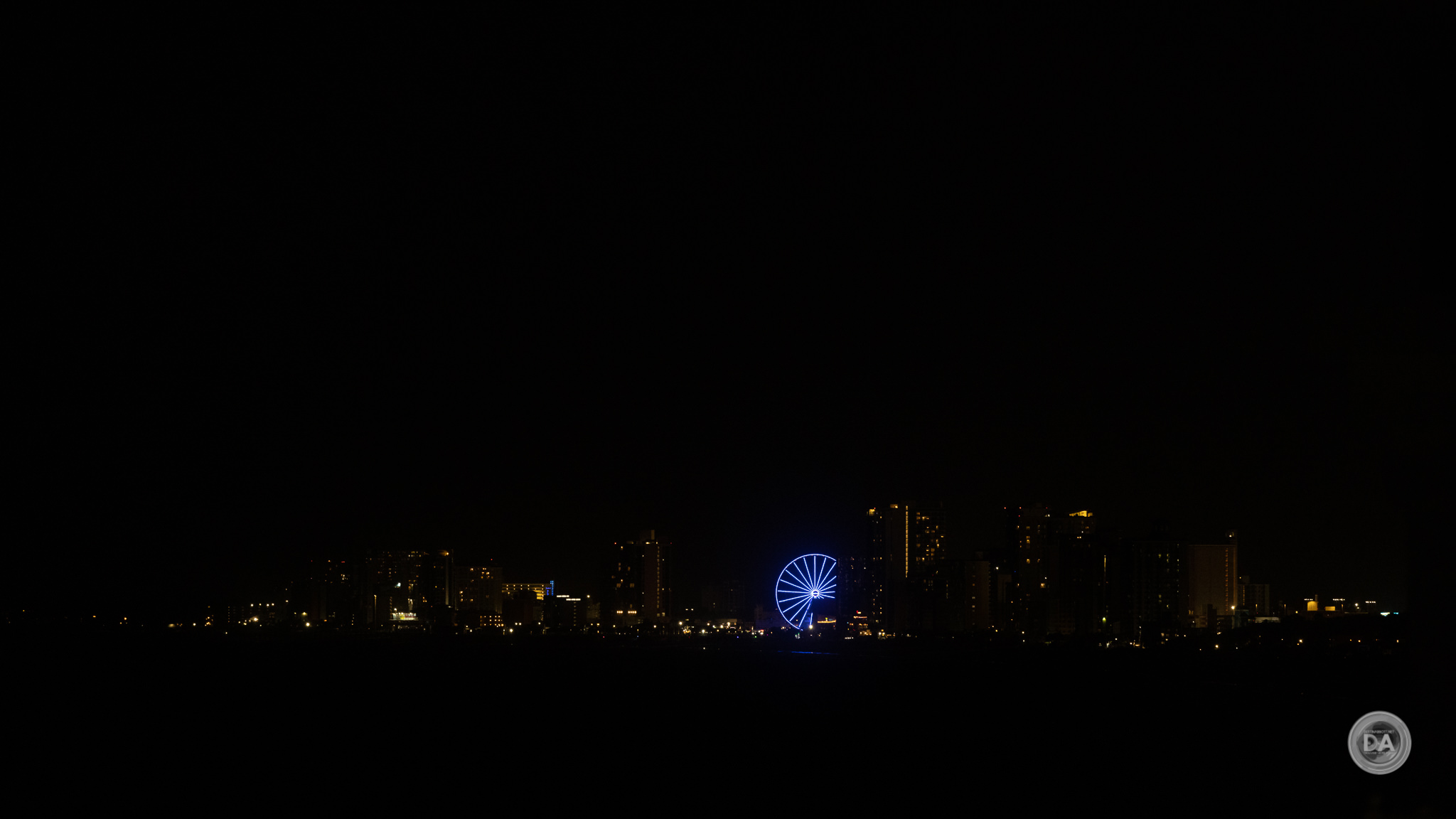

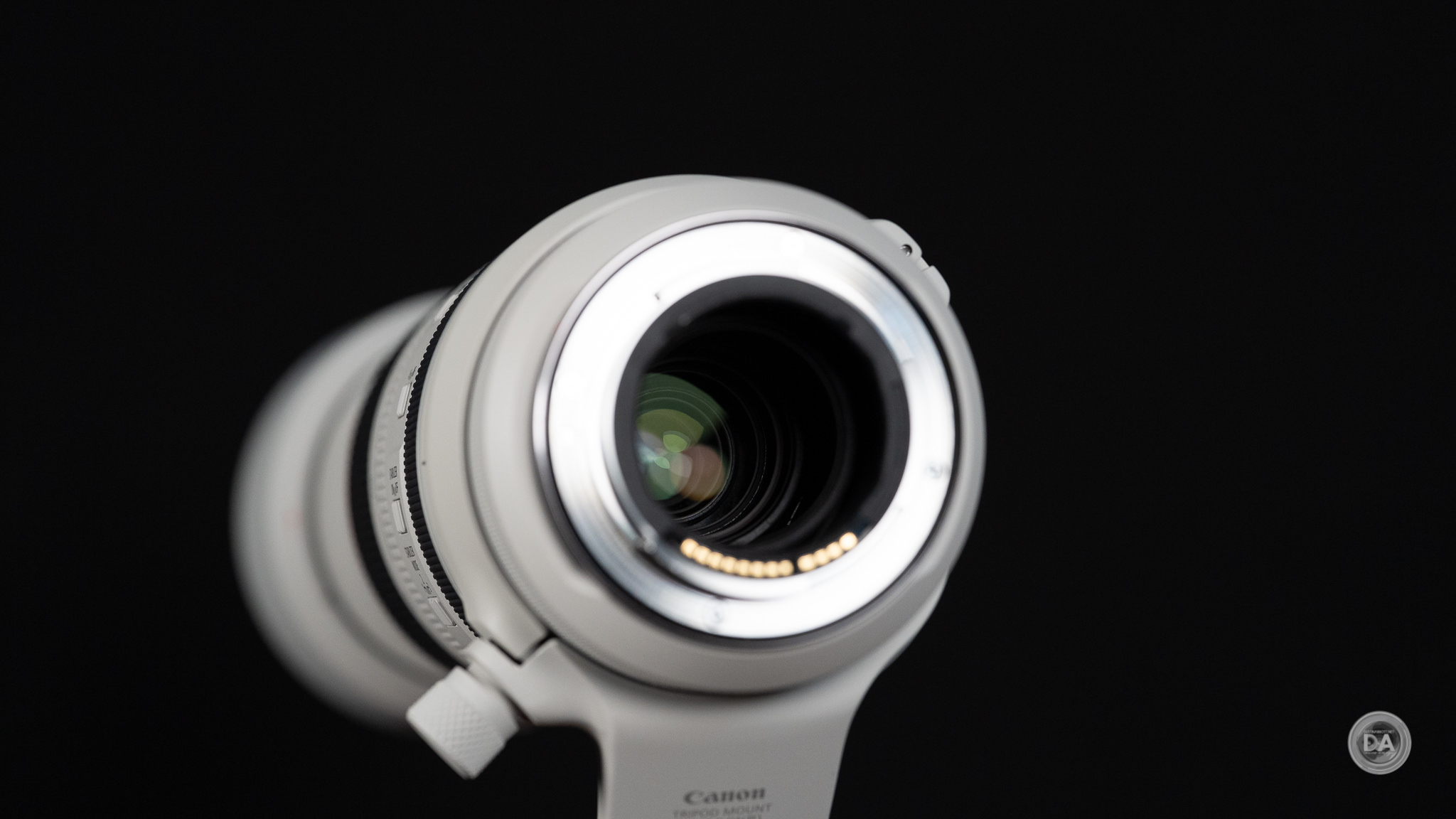


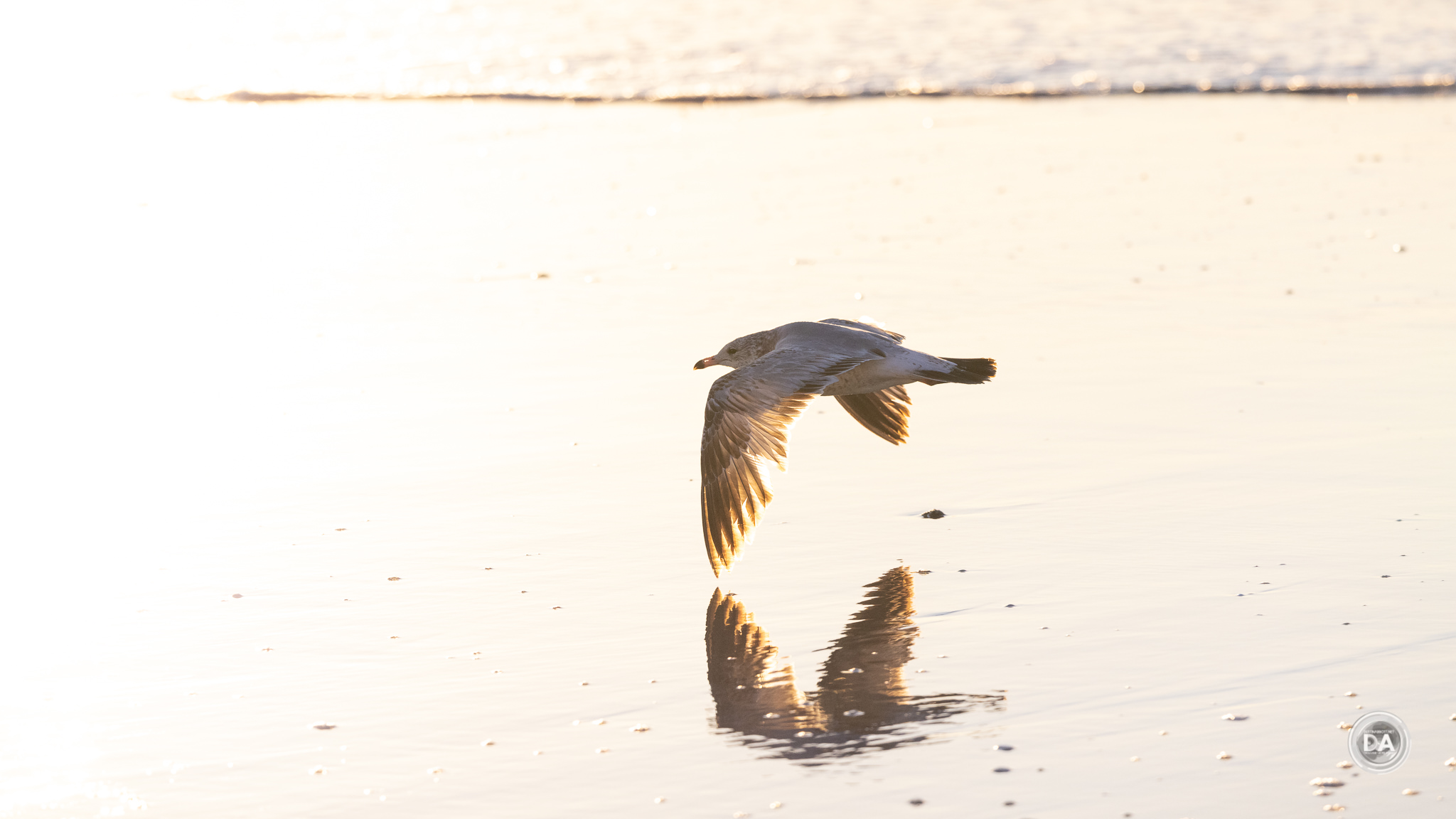

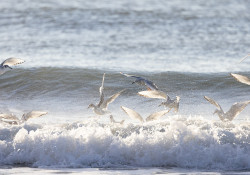
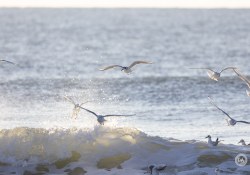









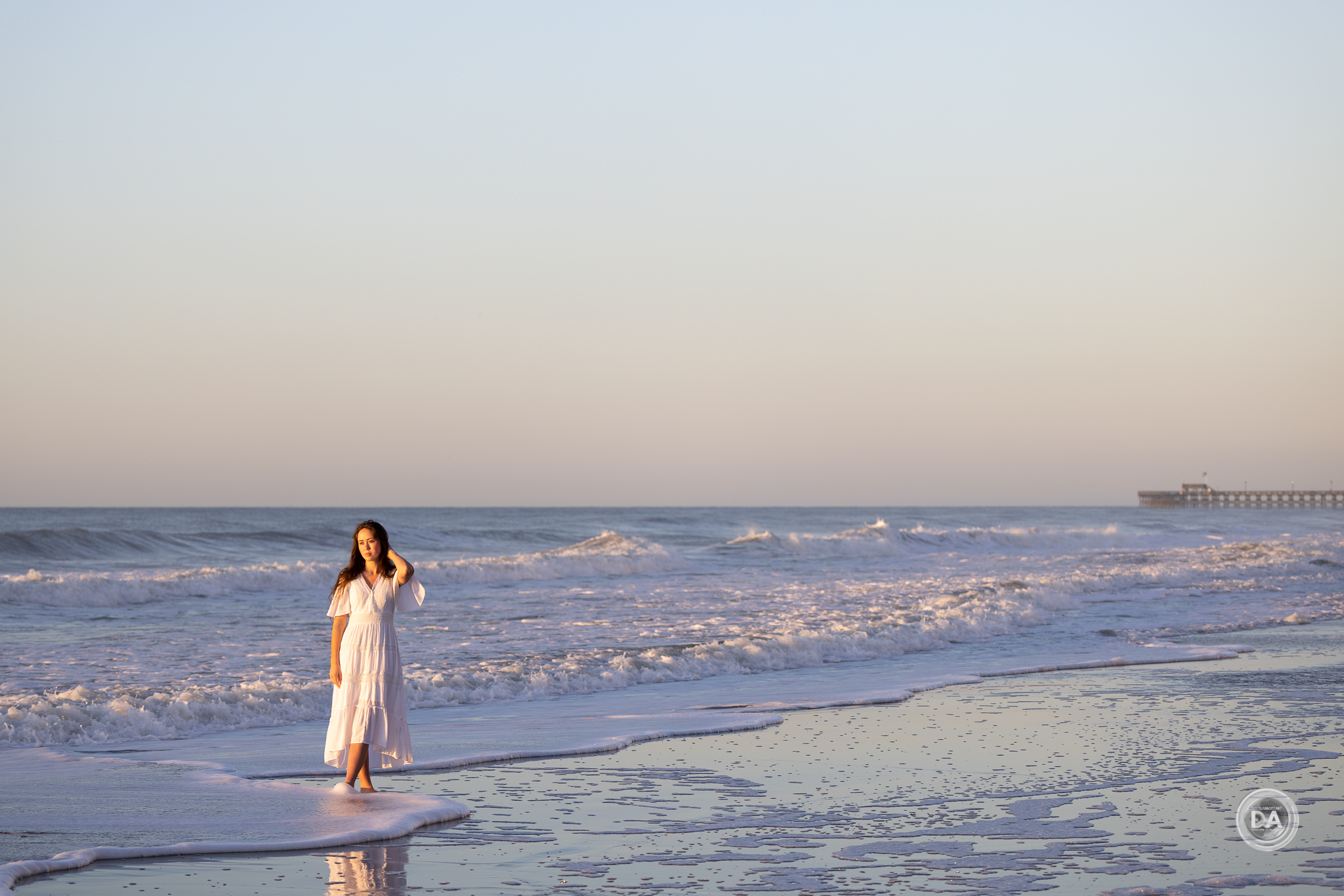
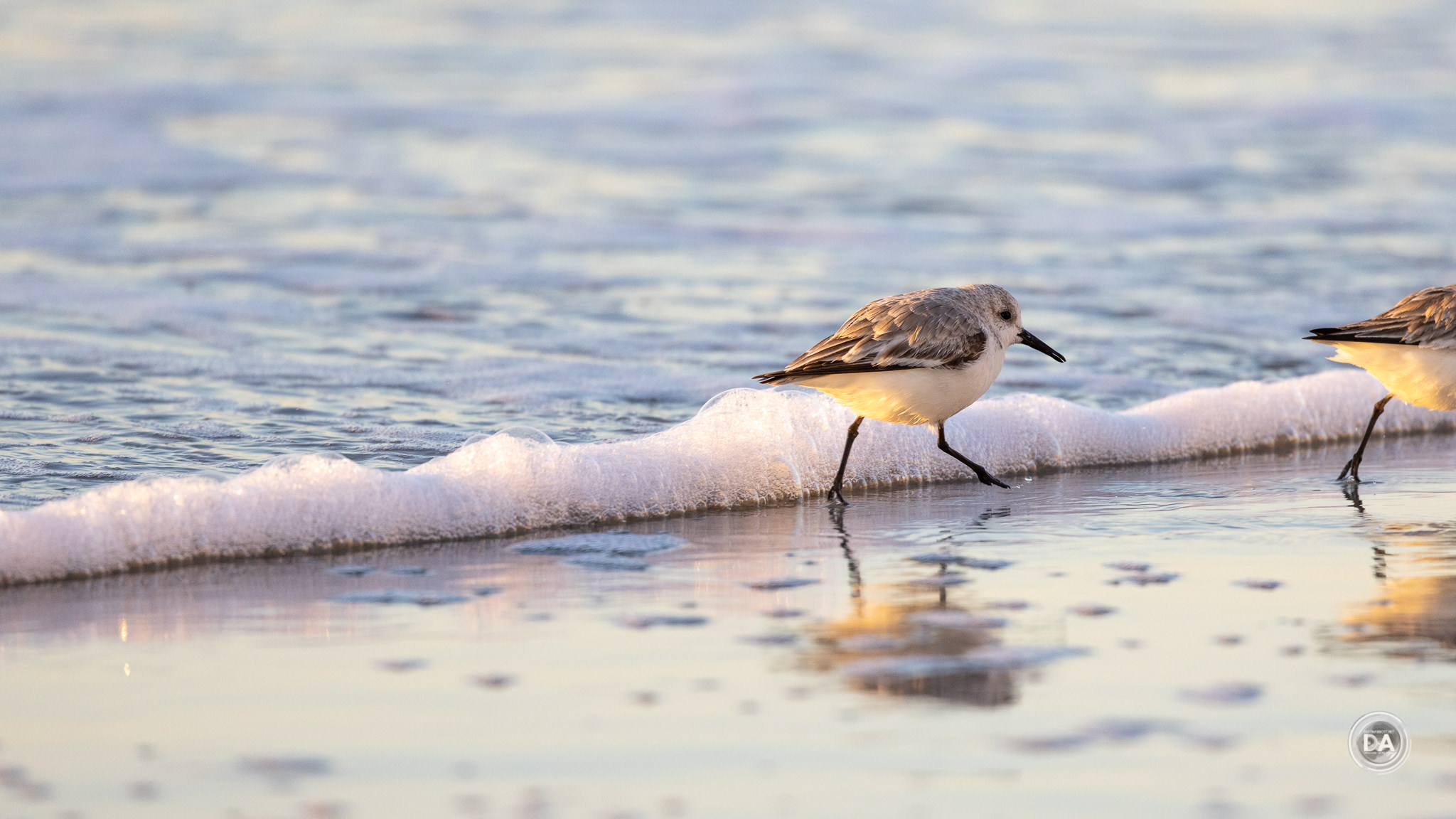
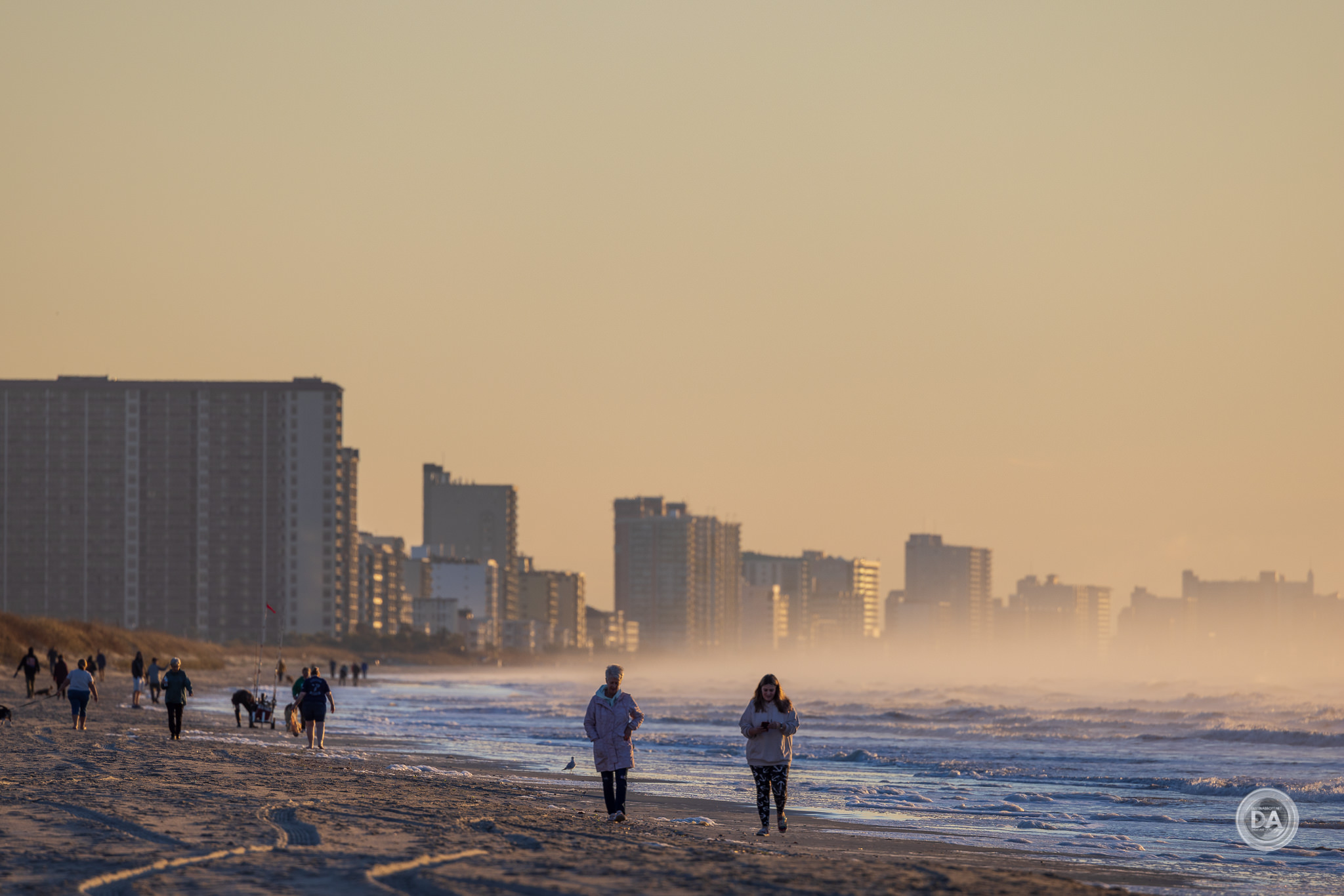
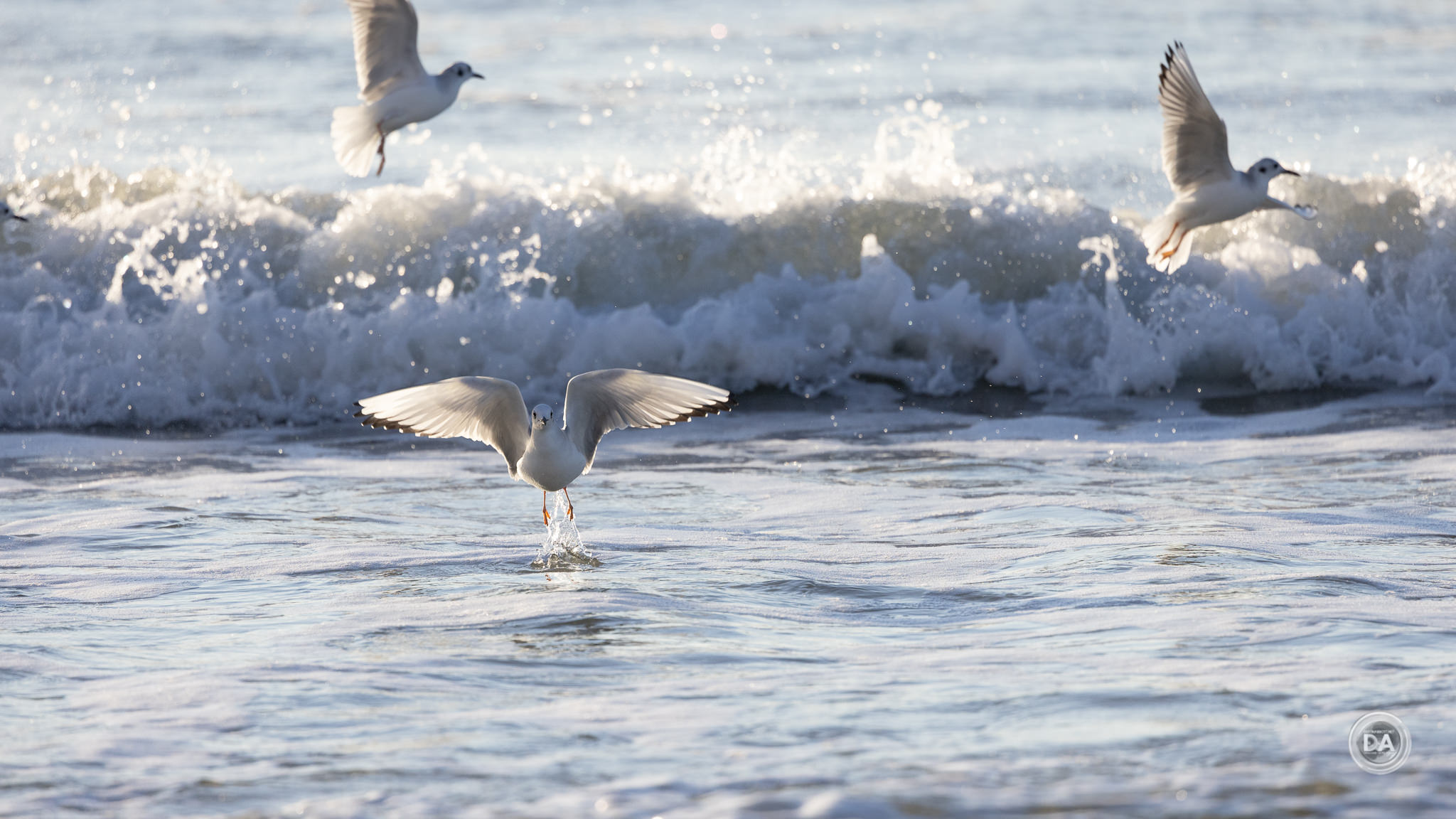
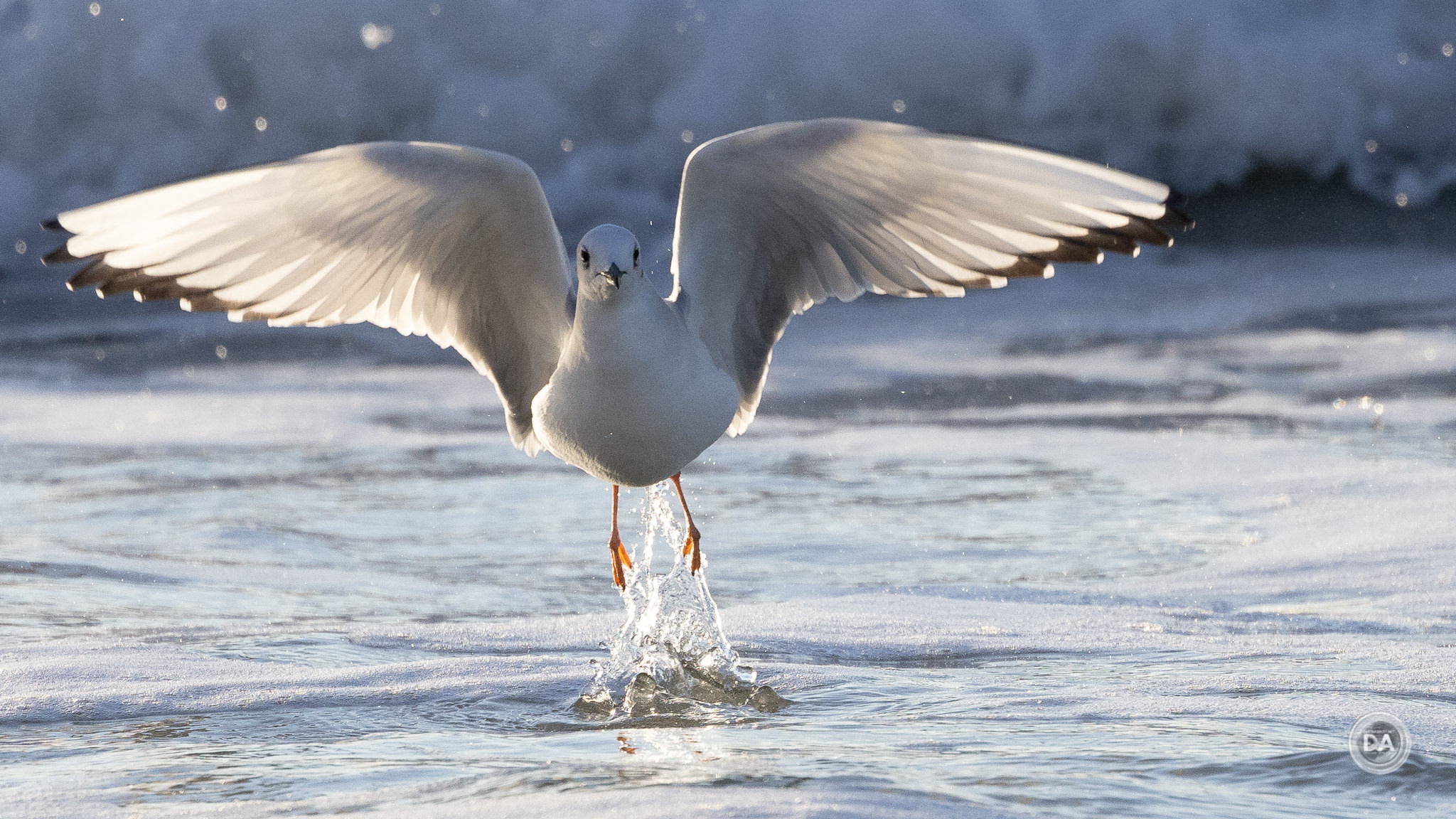
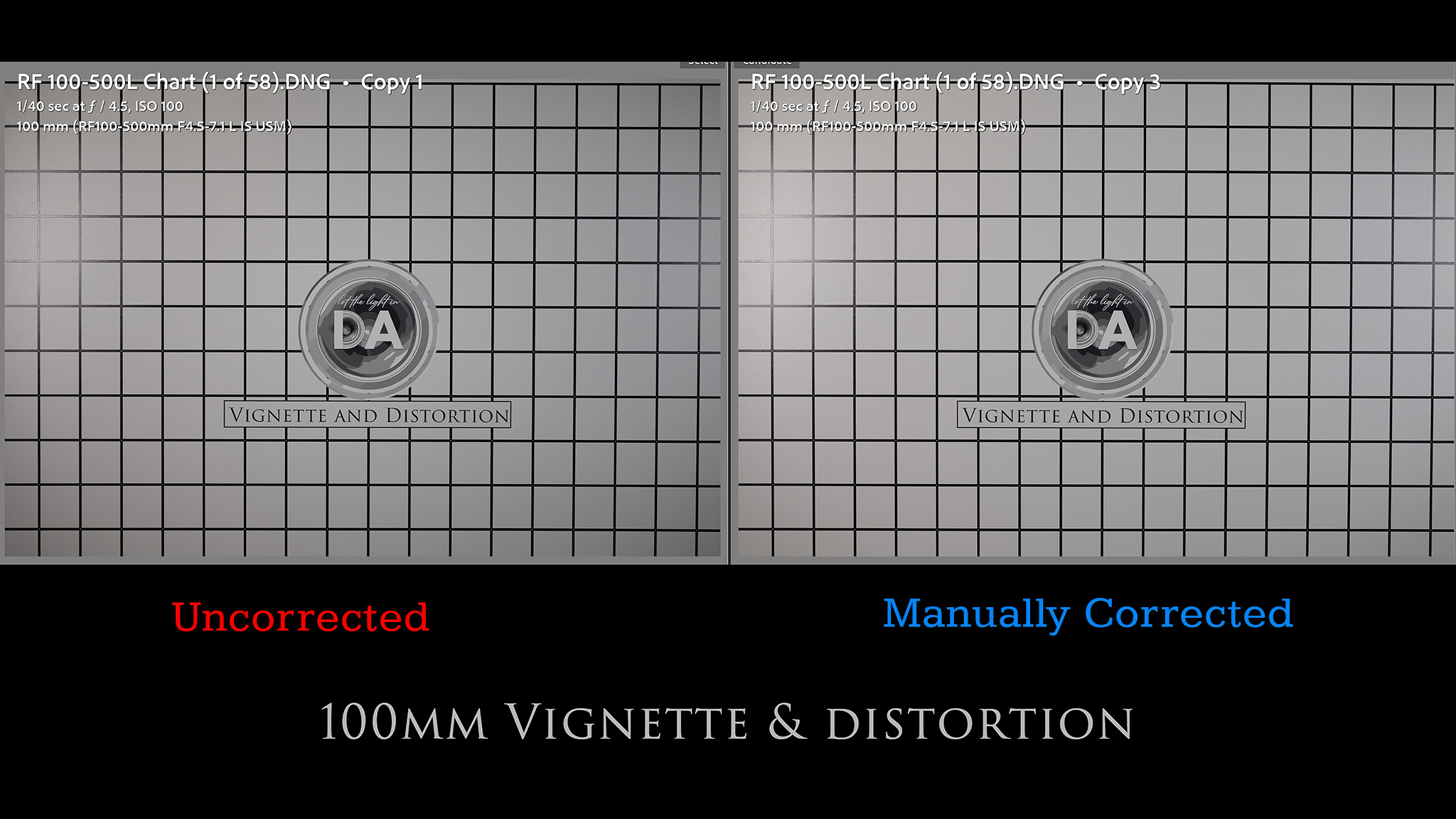
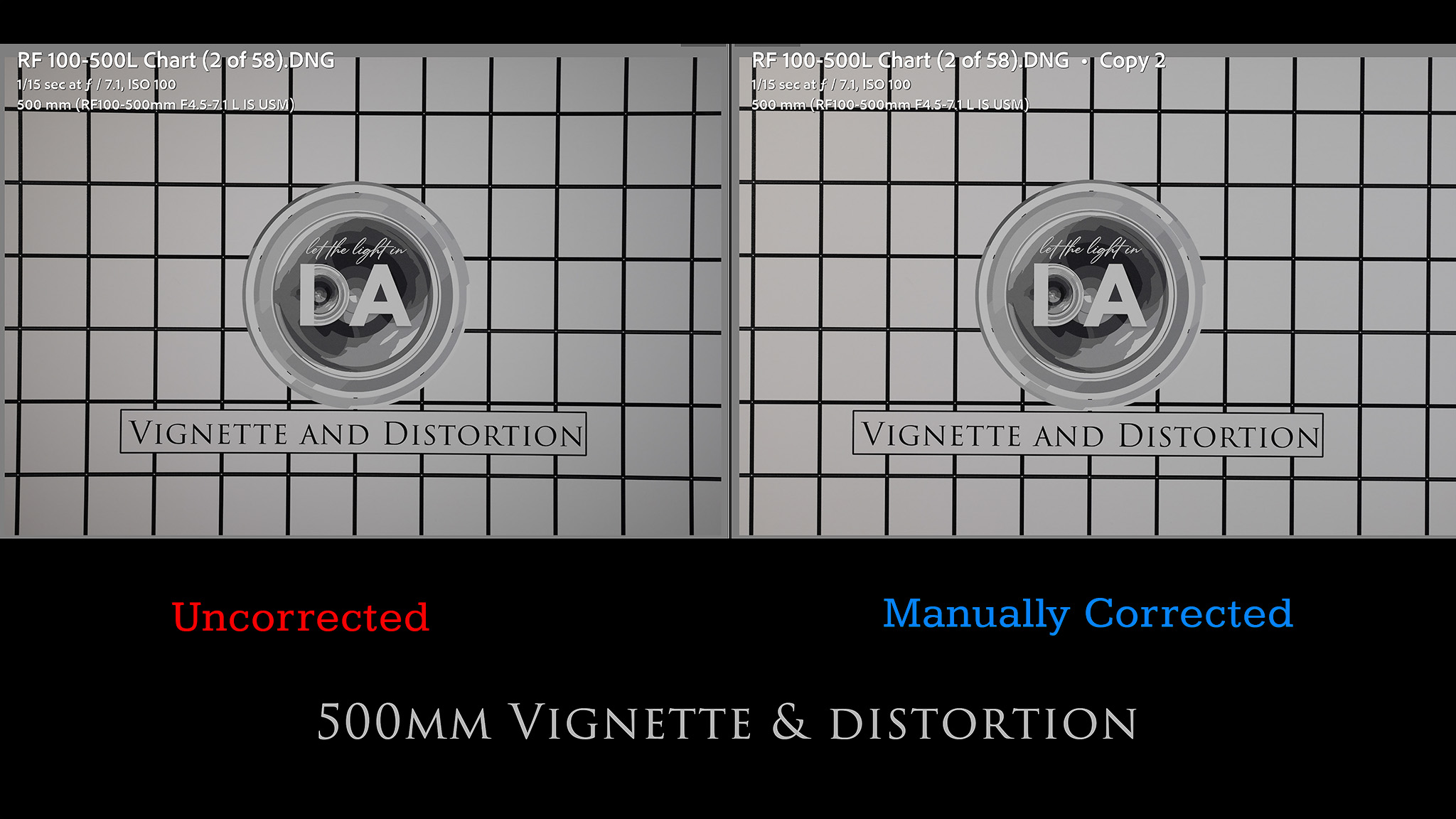
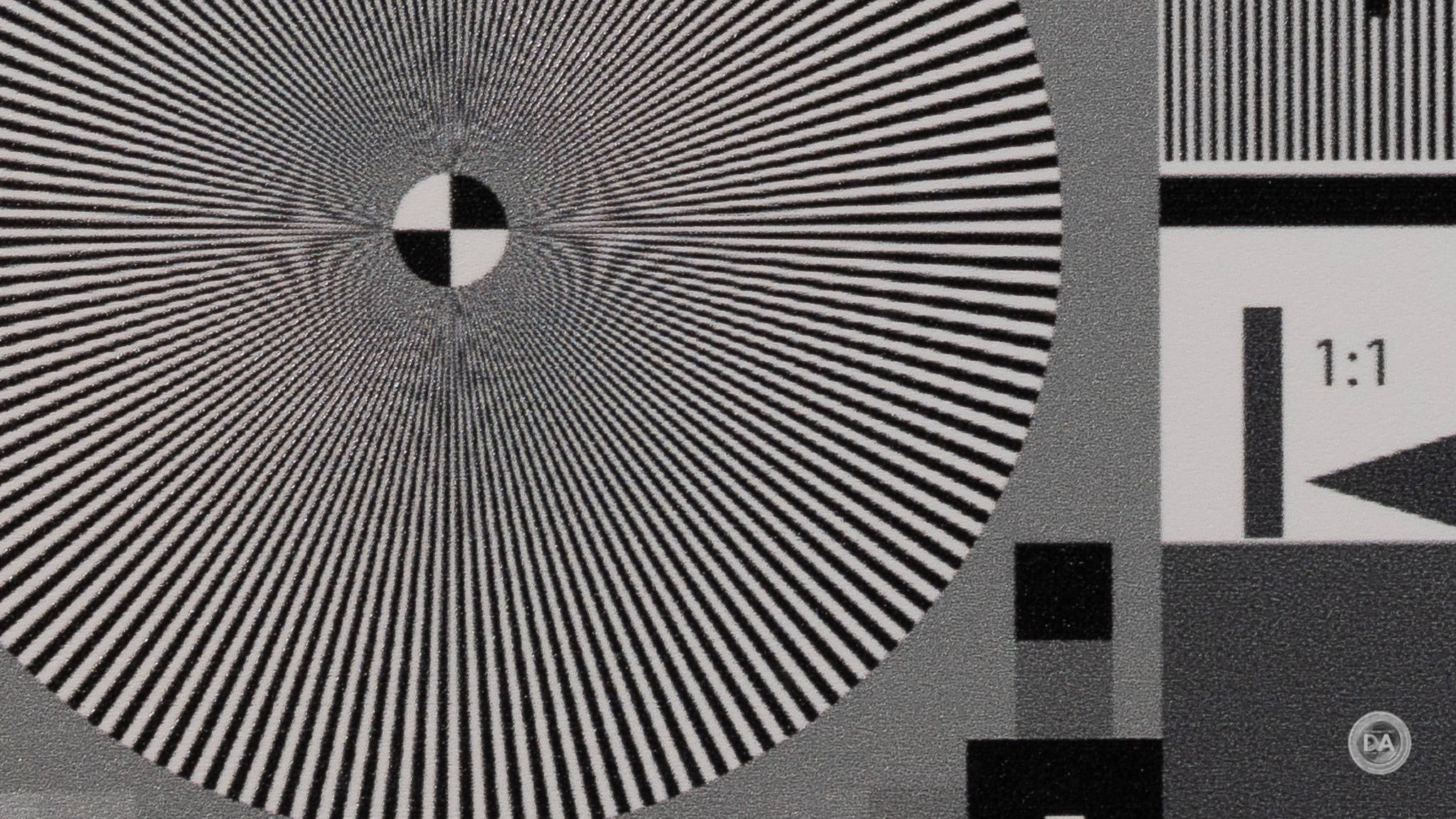
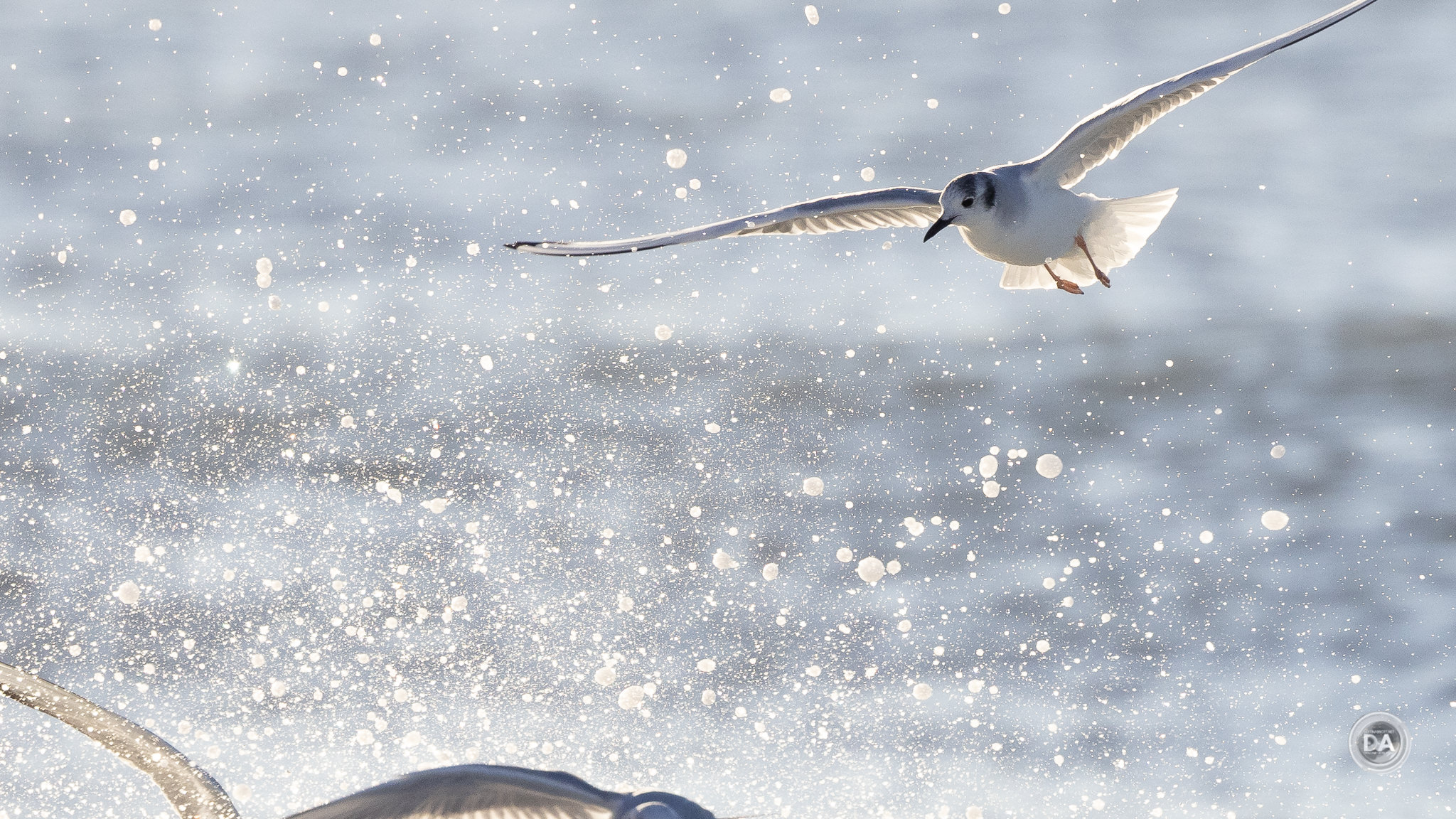






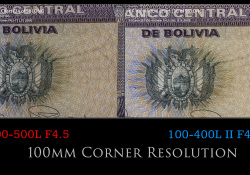
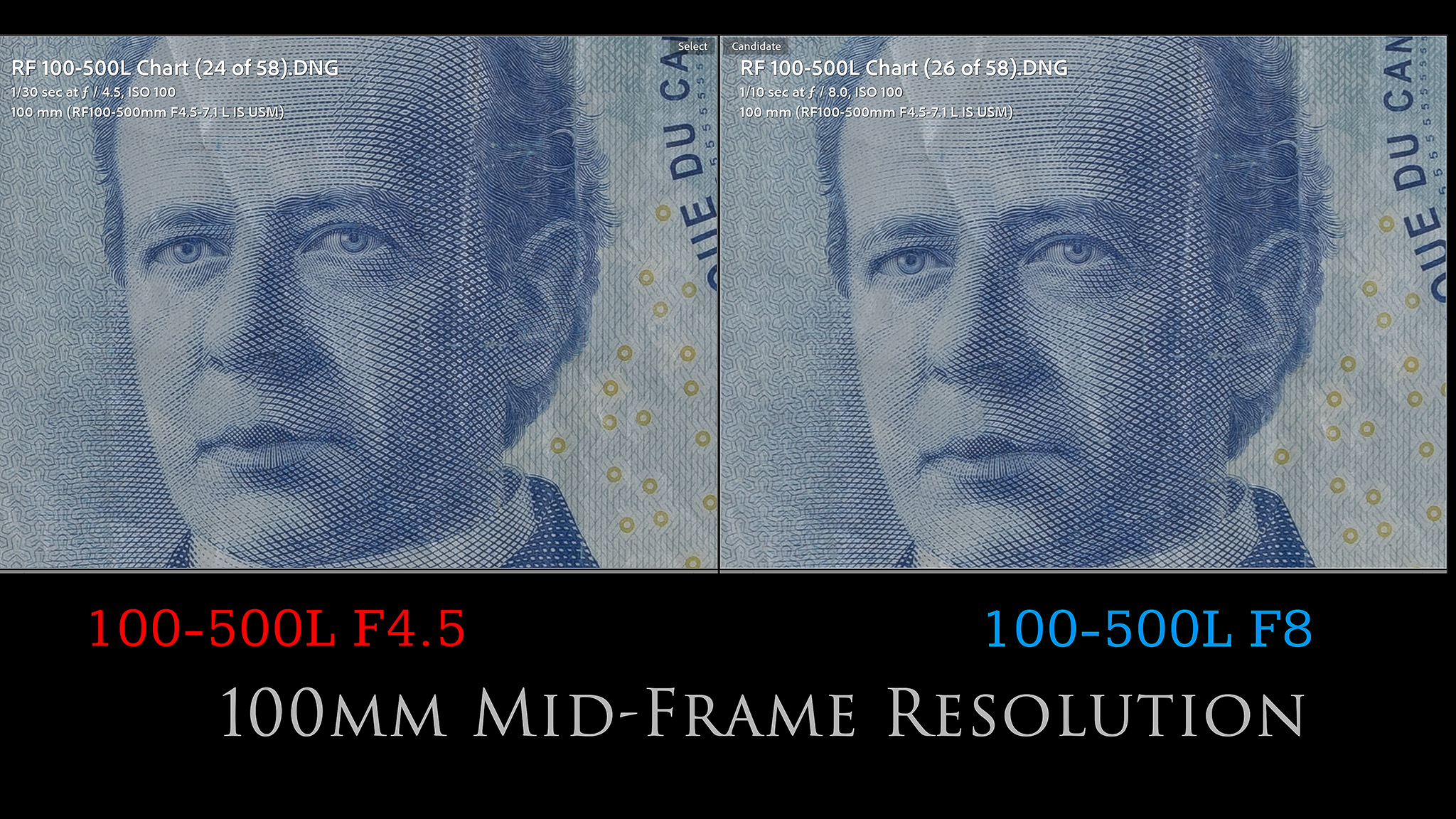
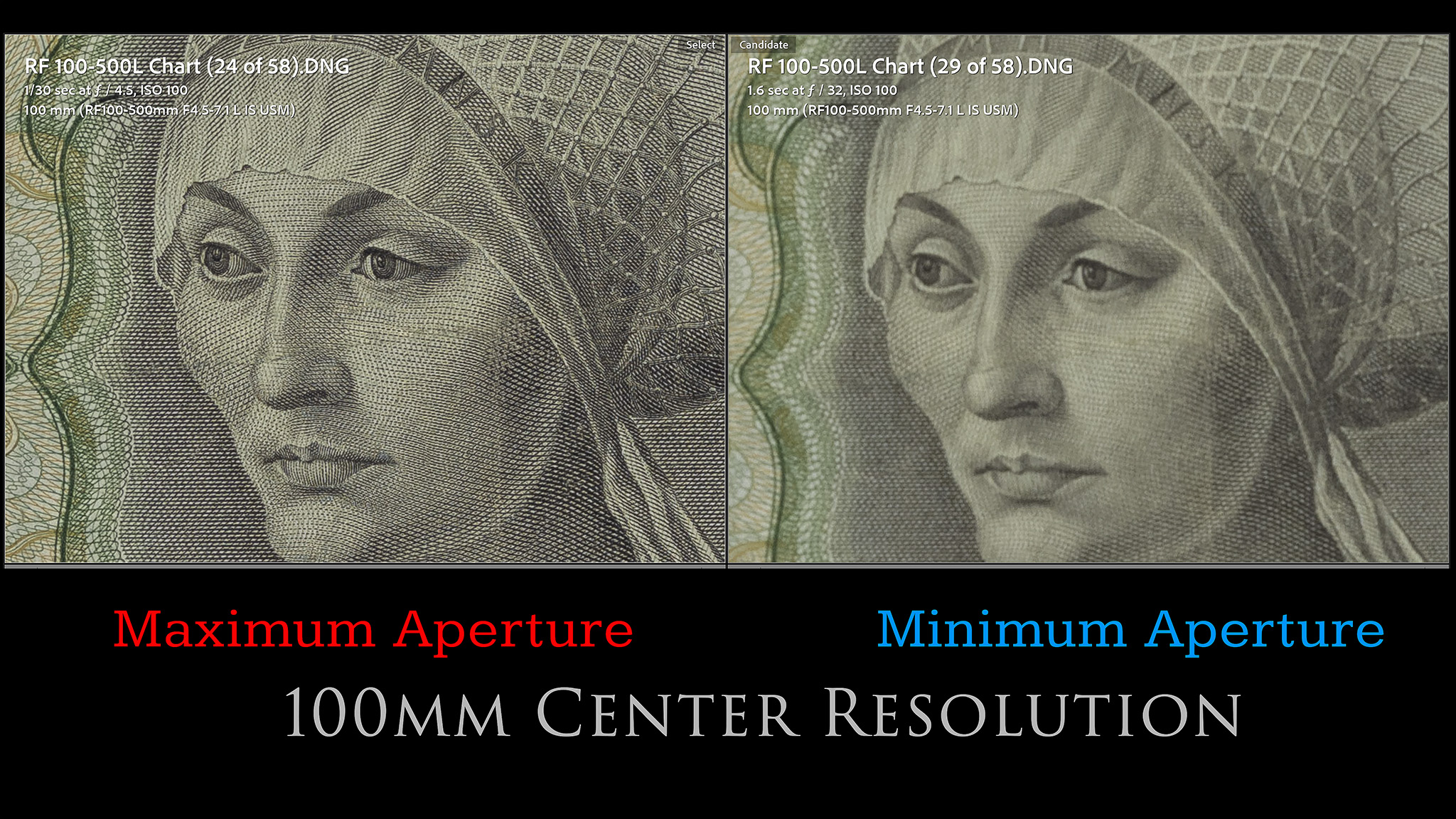
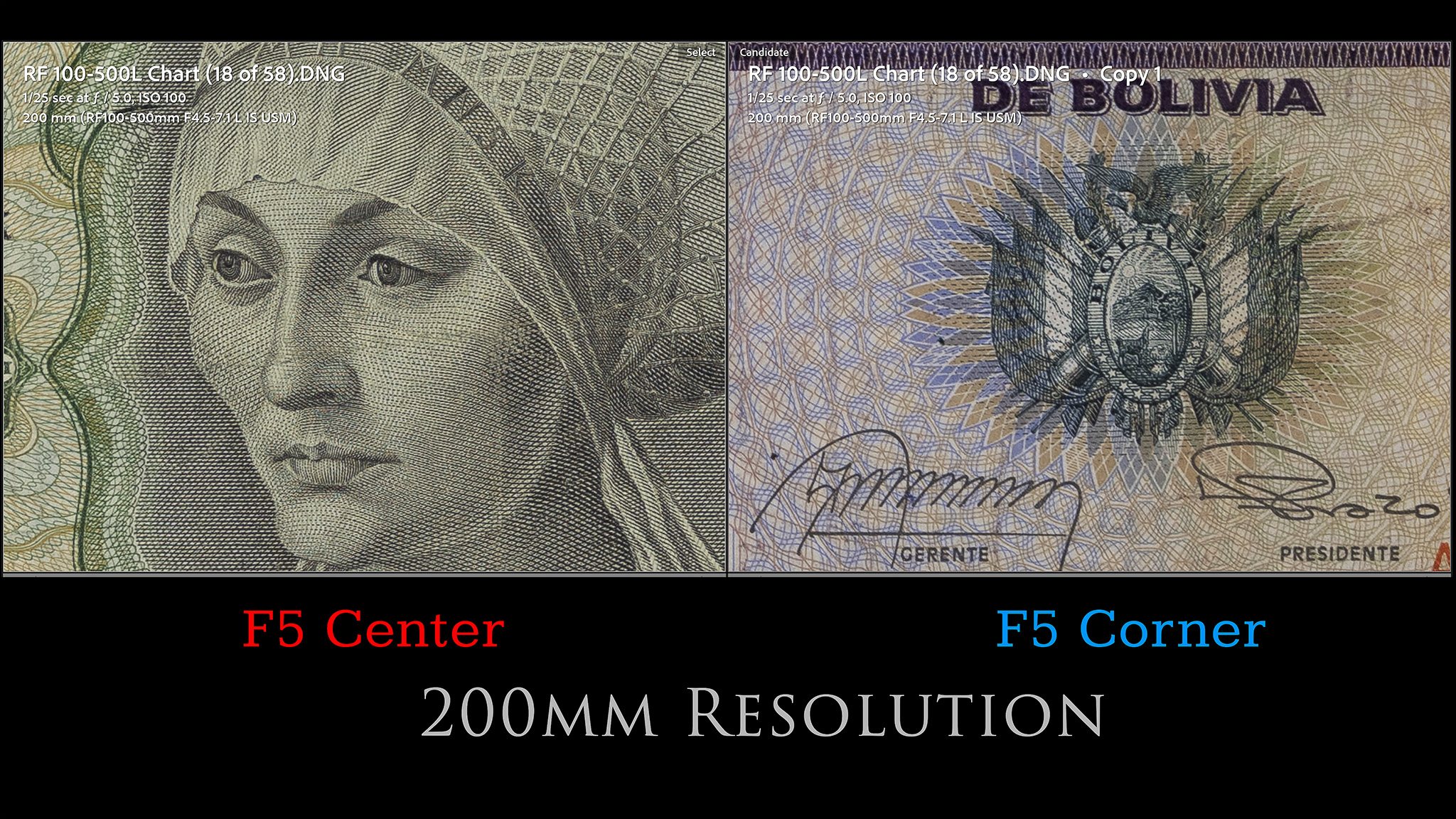
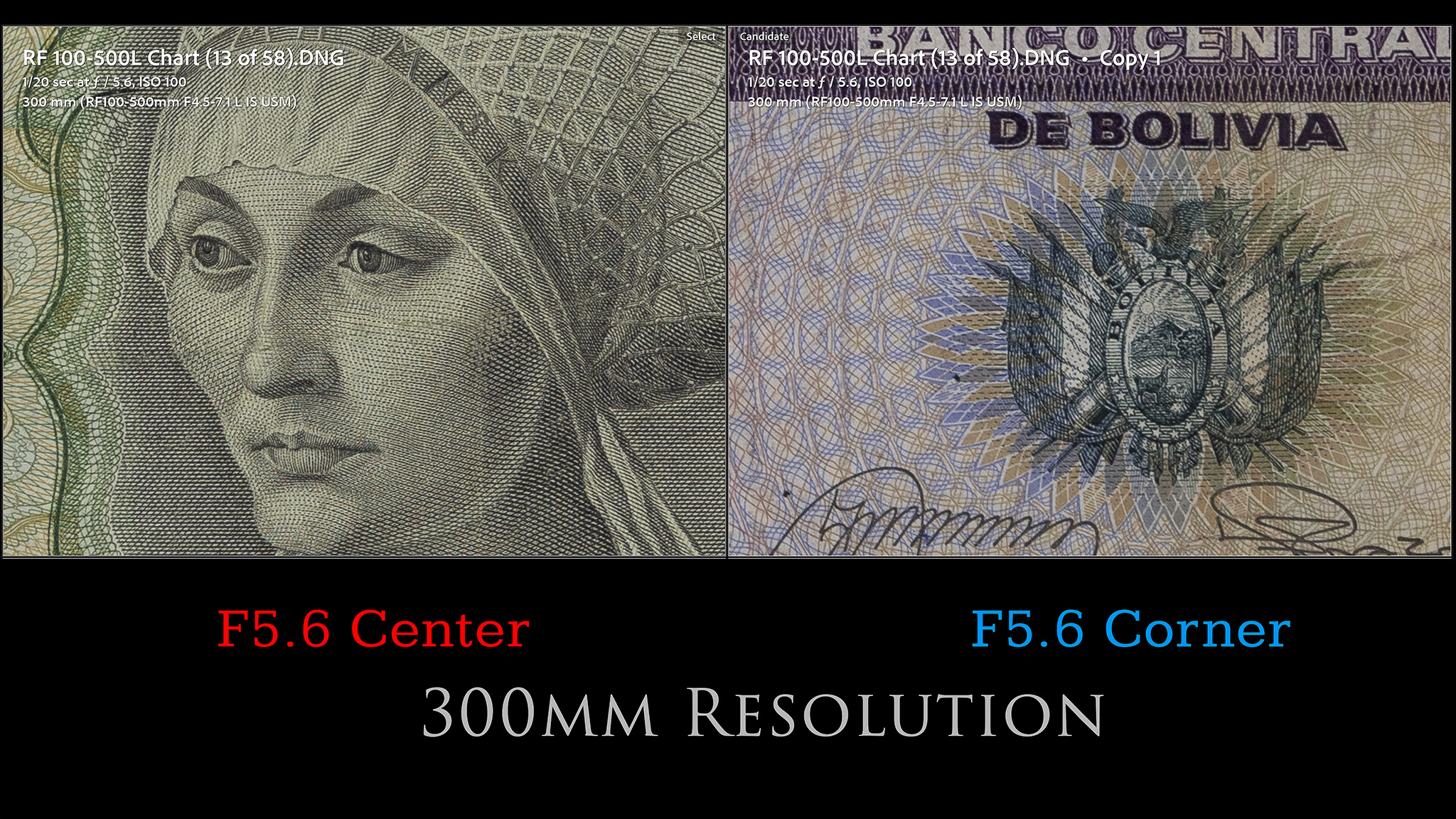
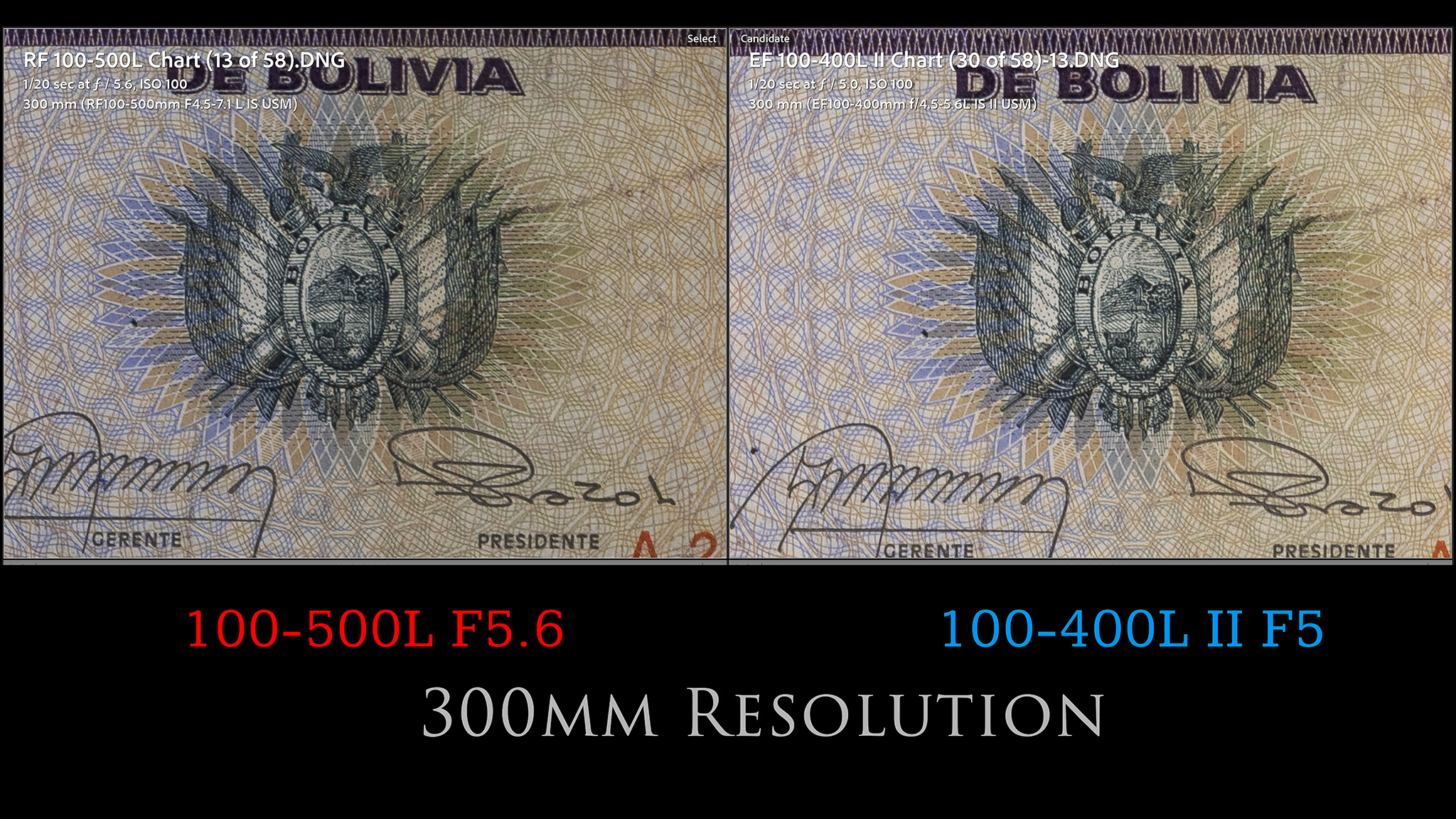
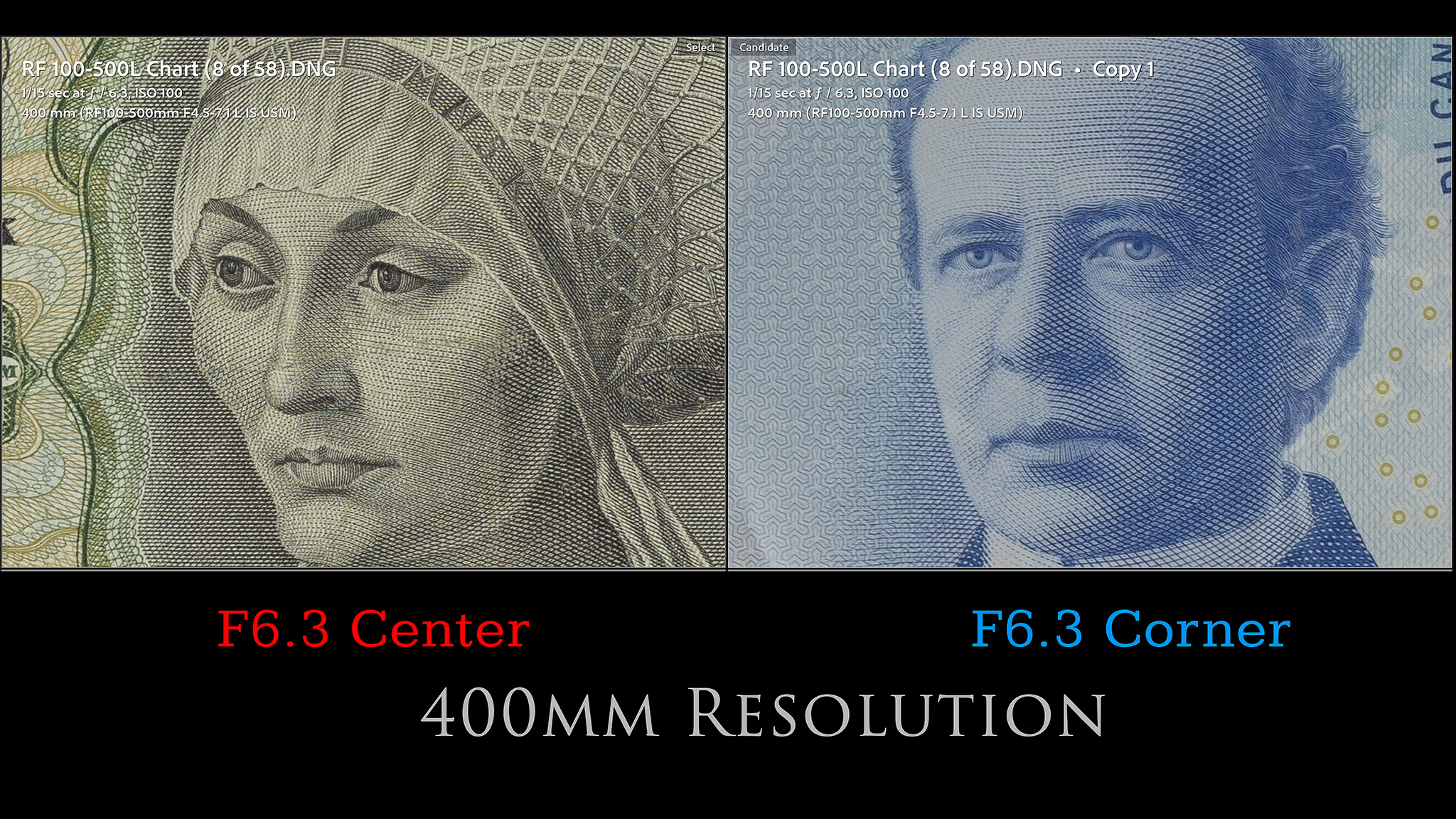

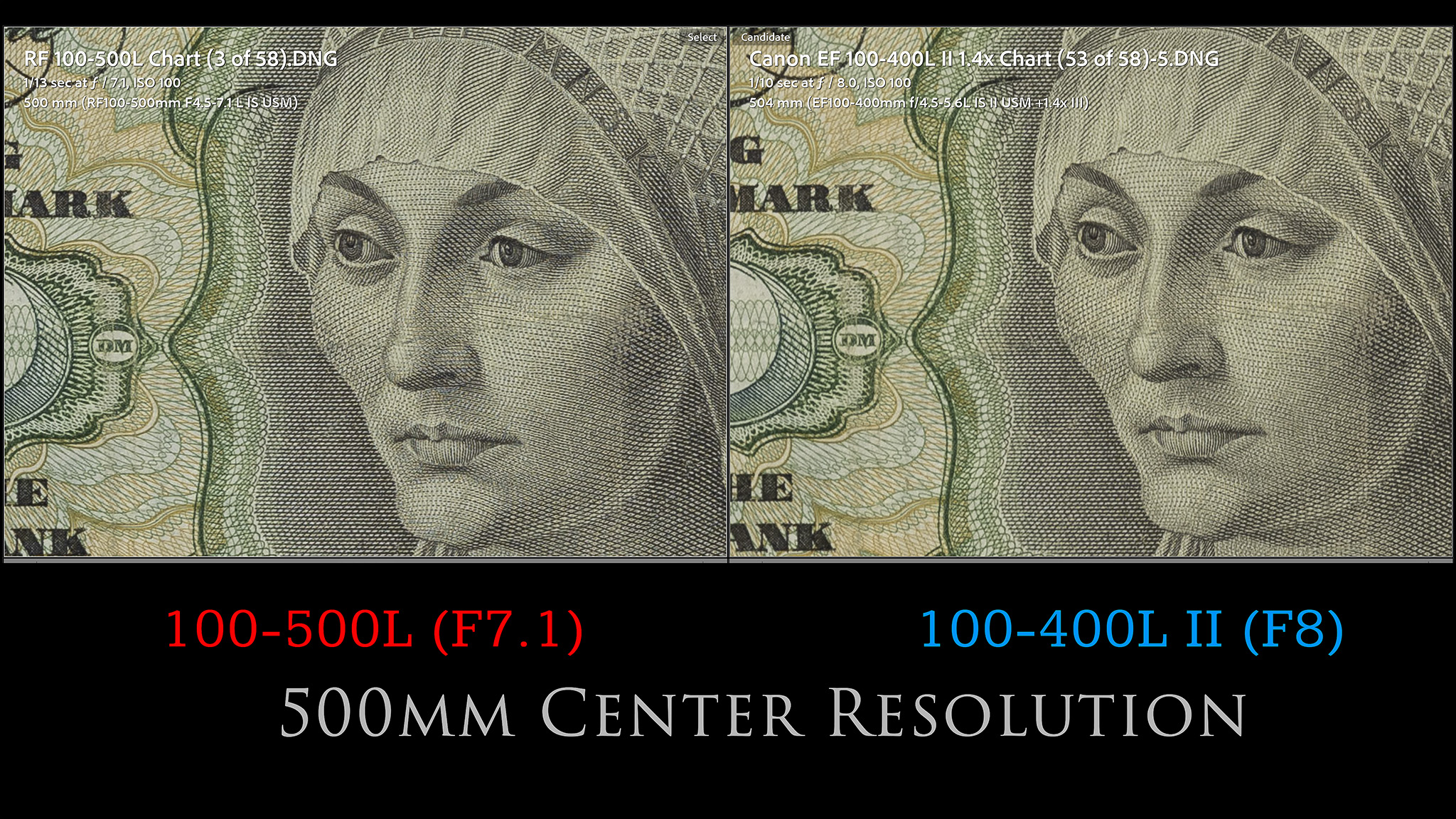


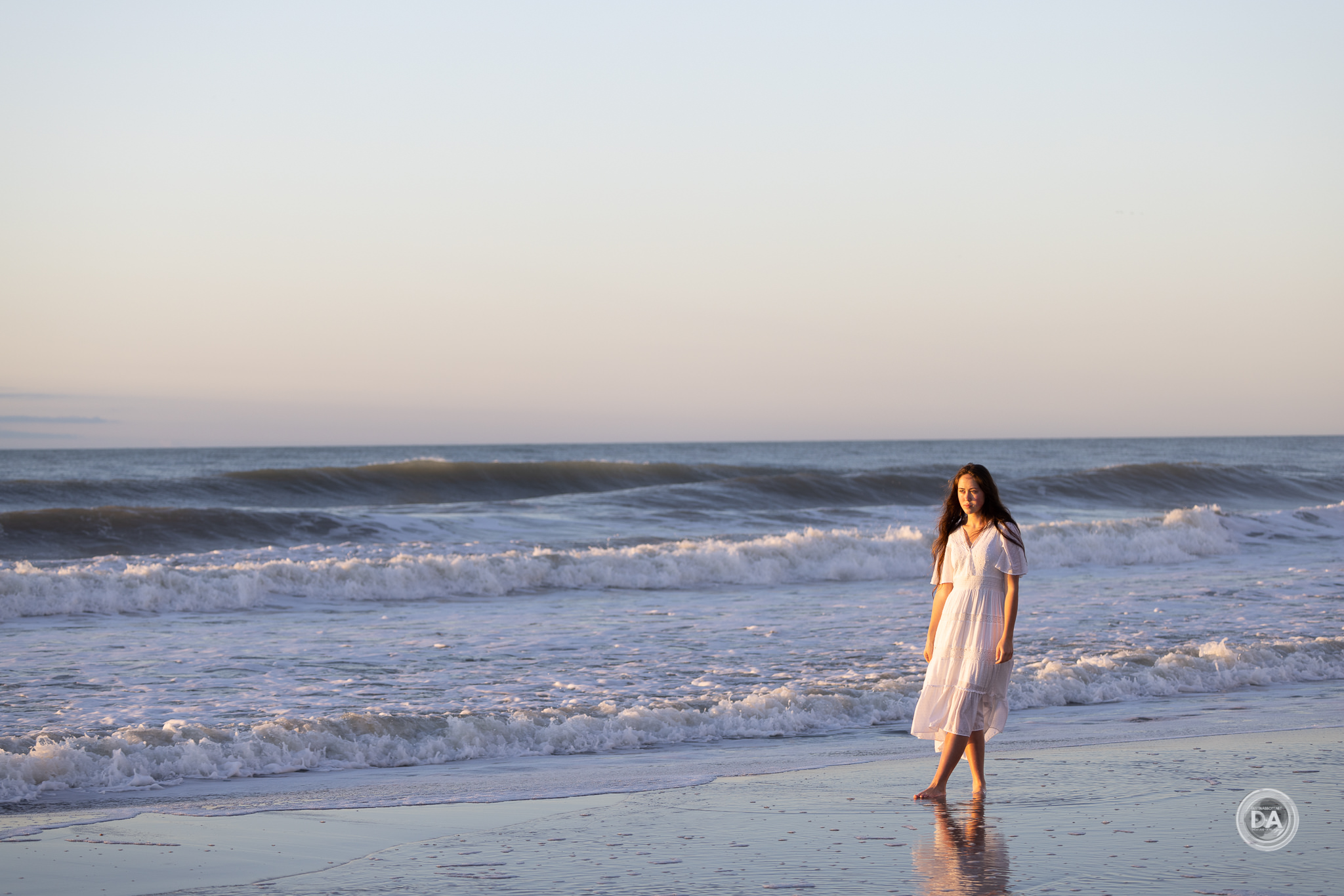

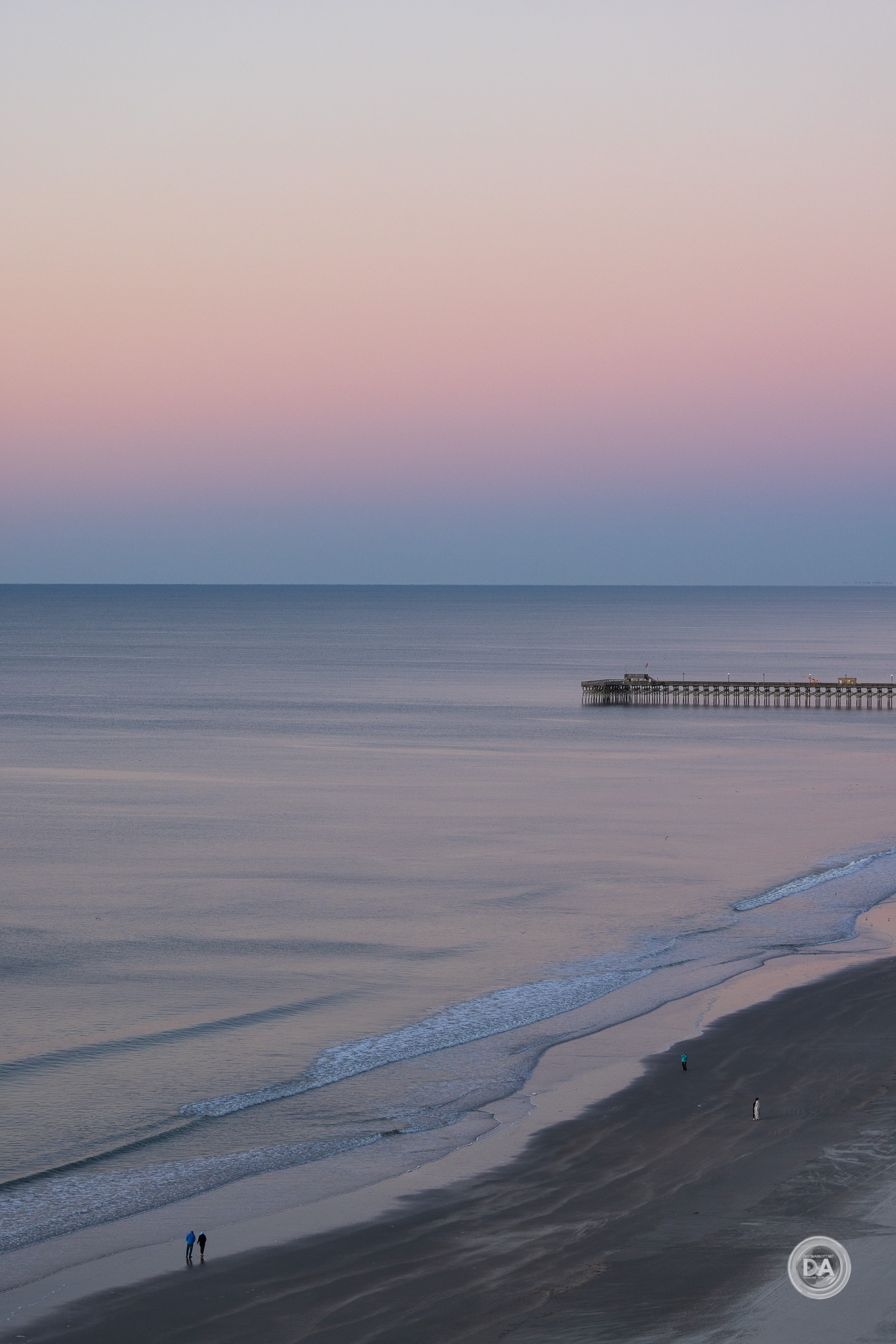






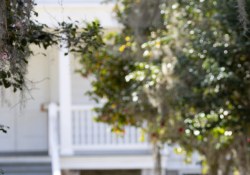

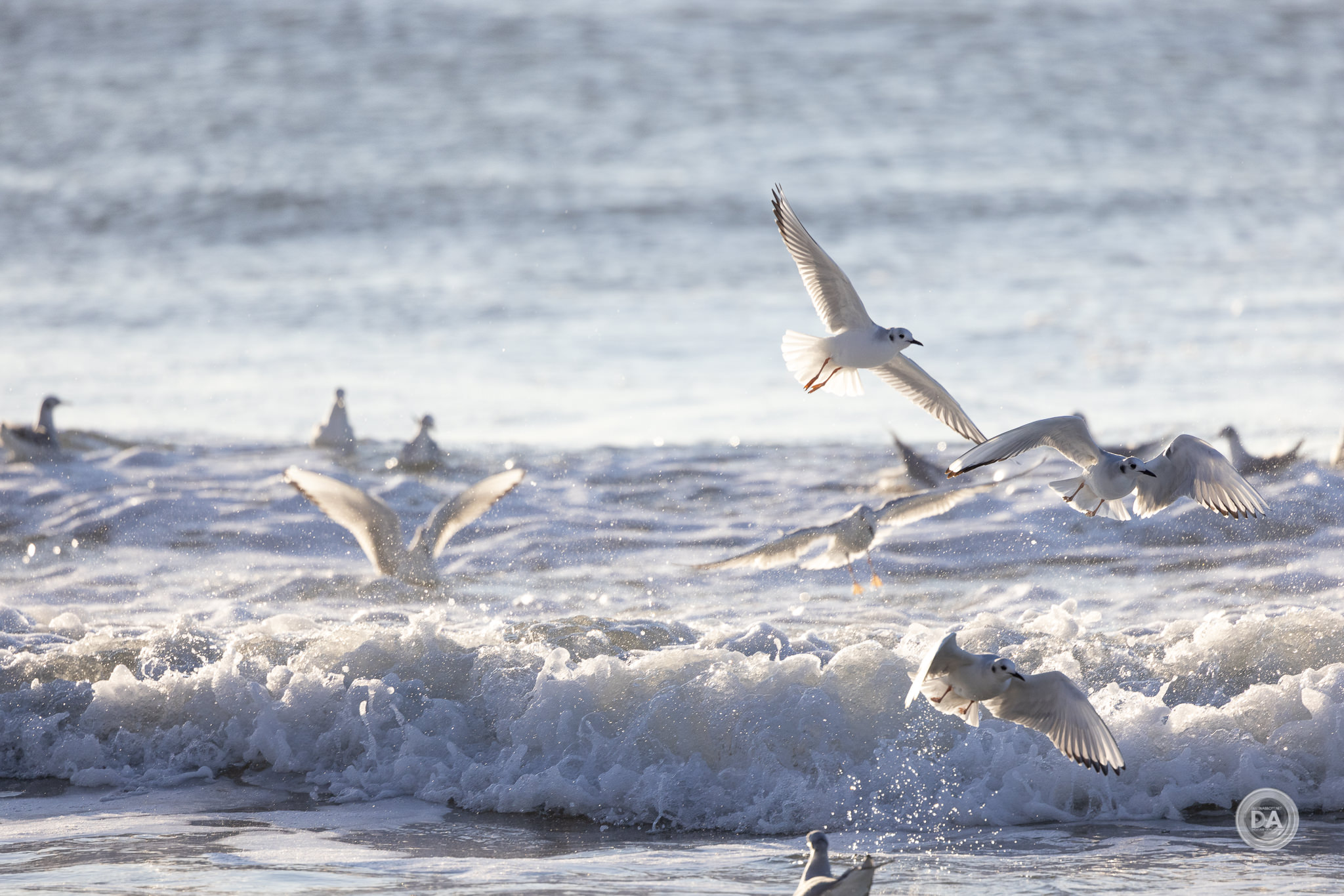



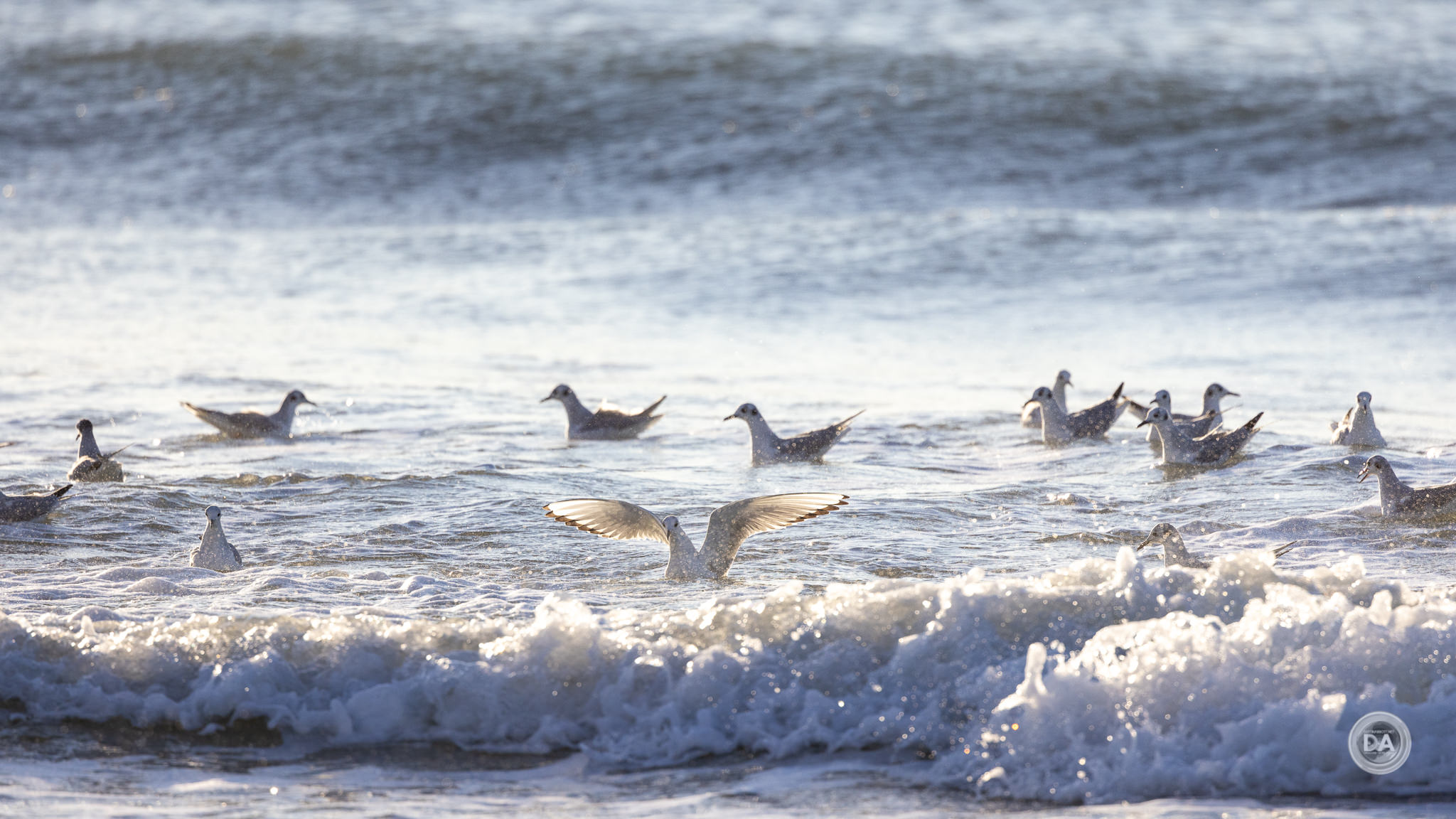
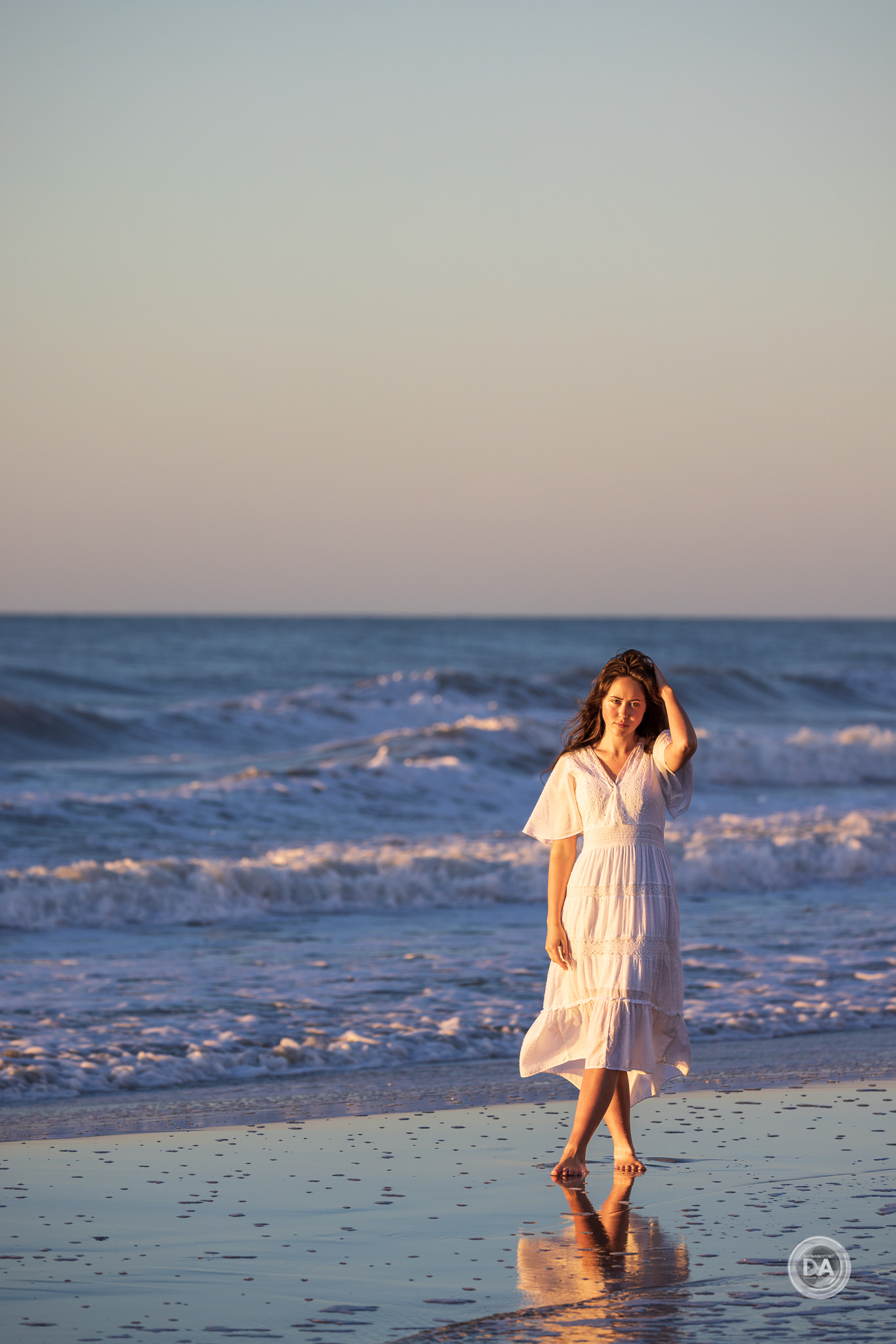
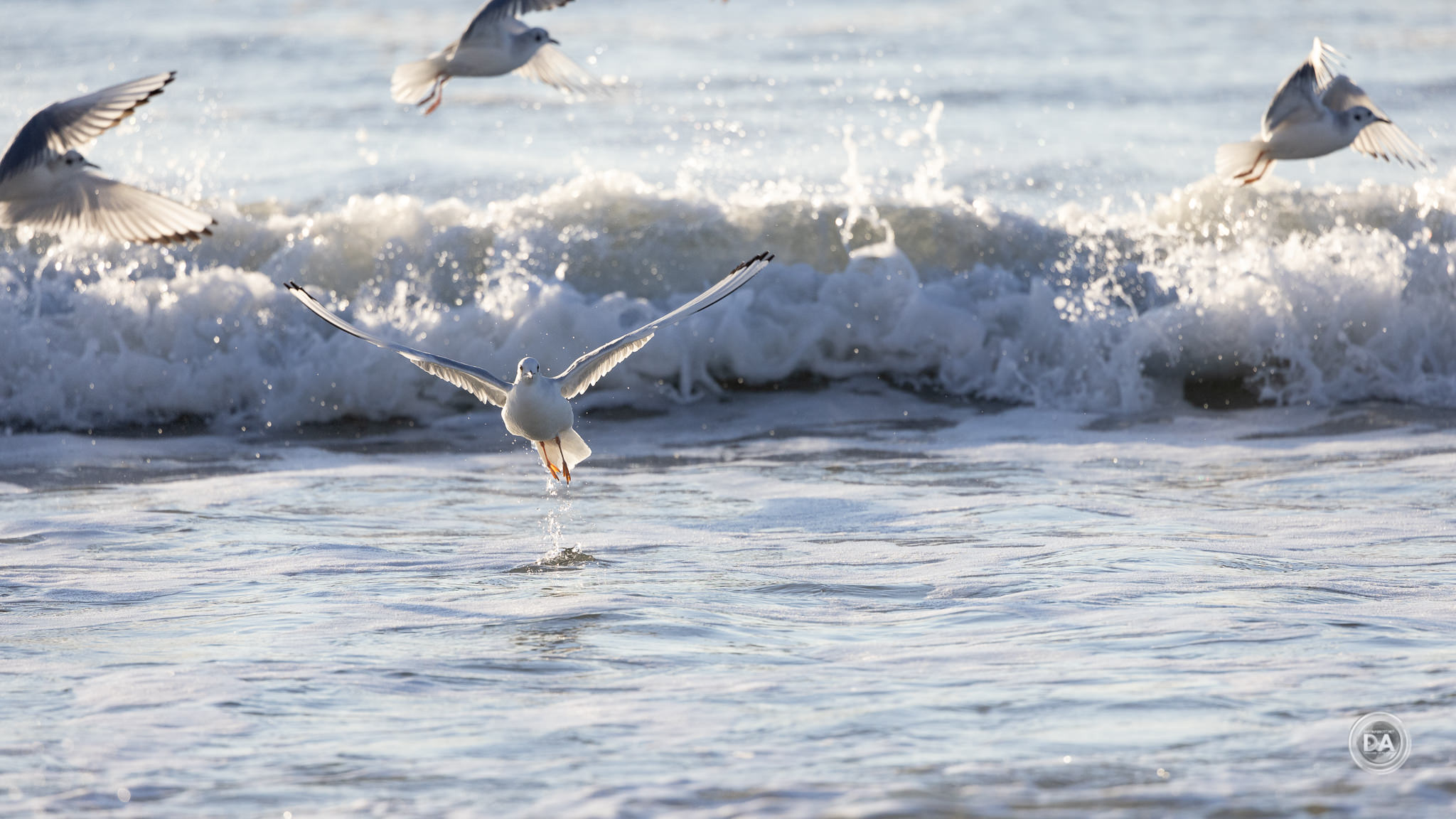


 Nikkor Z 35mm F1.2 S Review
Nikkor Z 35mm F1.2 S Review  Kase AF 85mm F1.4 Review
Kase AF 85mm F1.4 Review  Fujifilm X-Half Review
Fujifilm X-Half Review  Nikkor Z 35mm F1.8 S Gallery
Nikkor Z 35mm F1.8 S Gallery 


